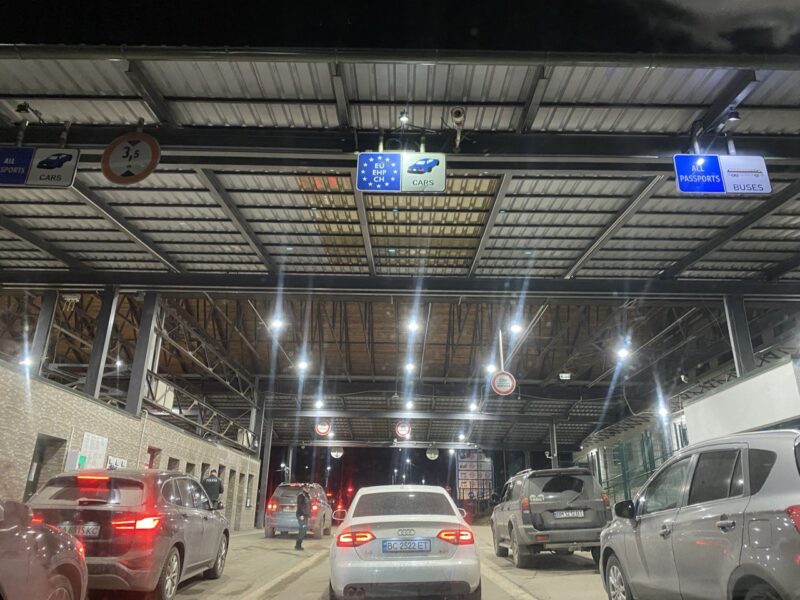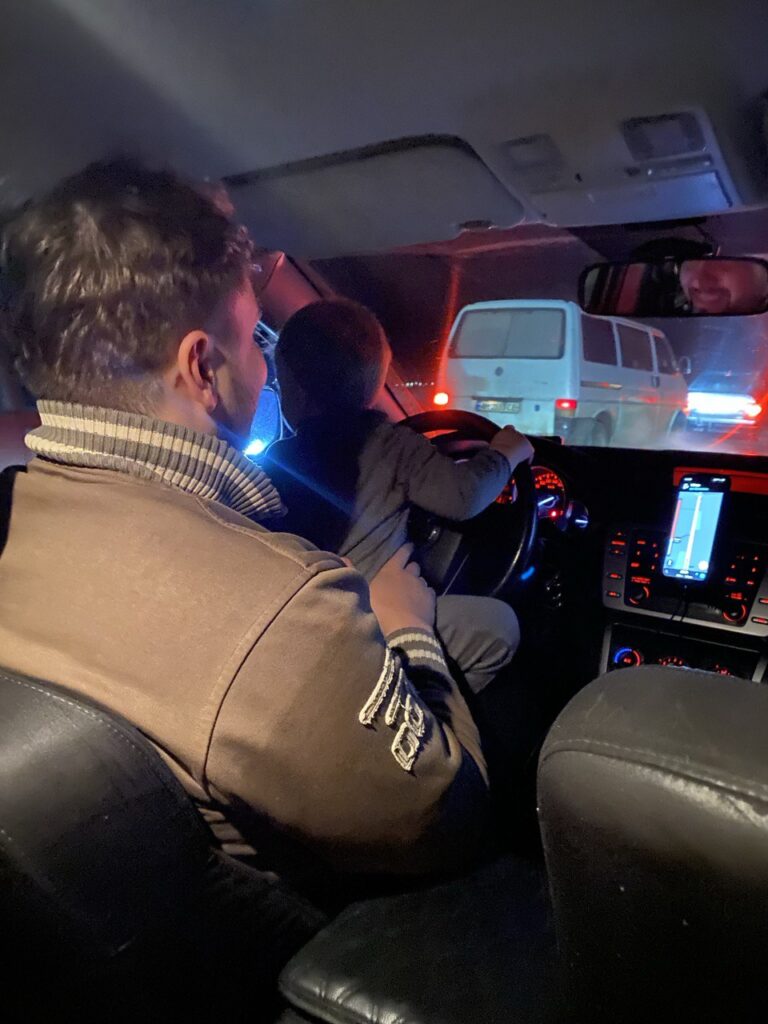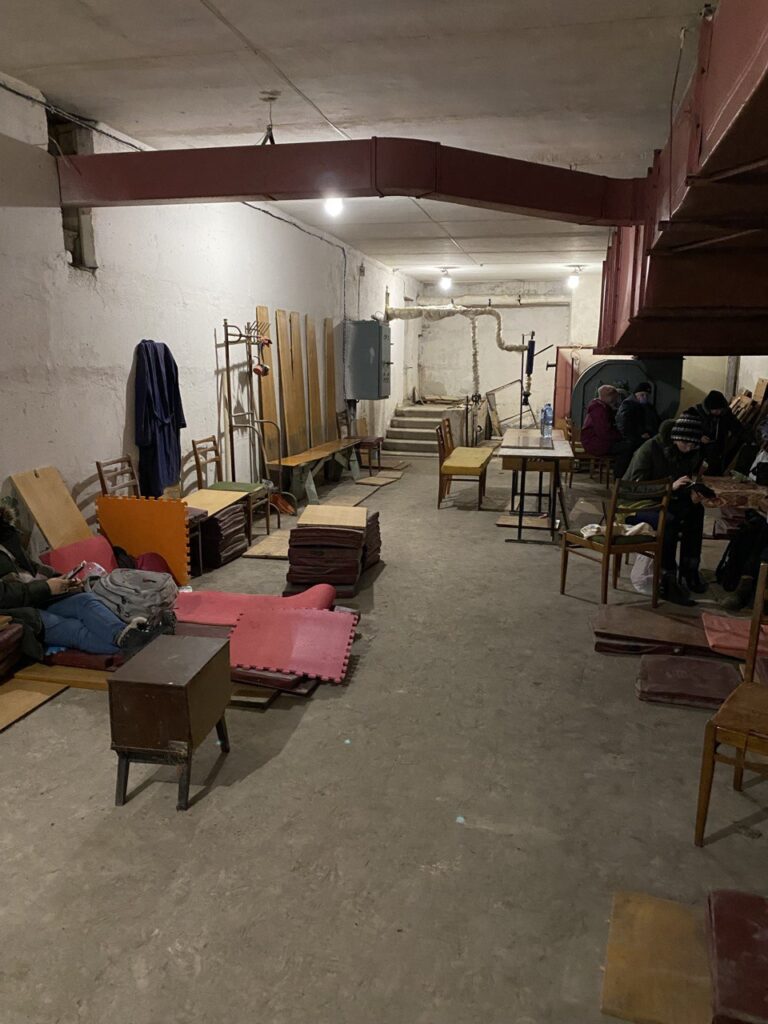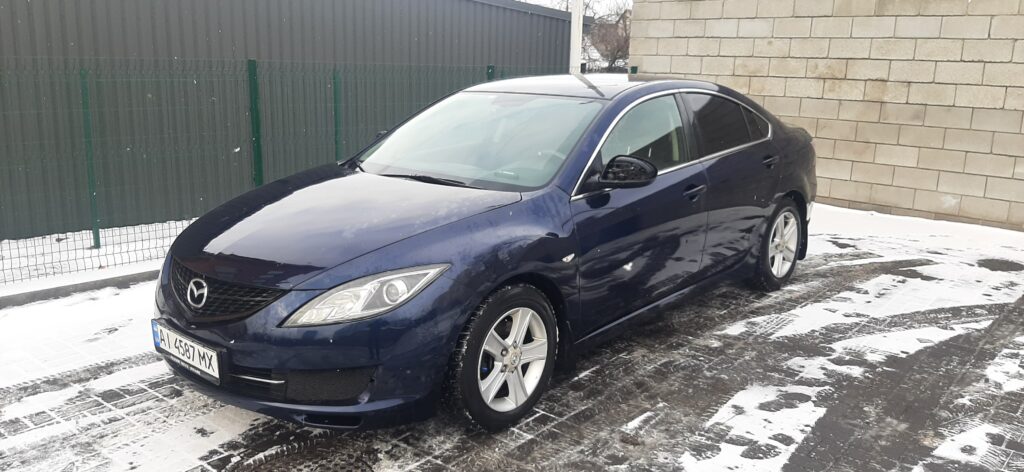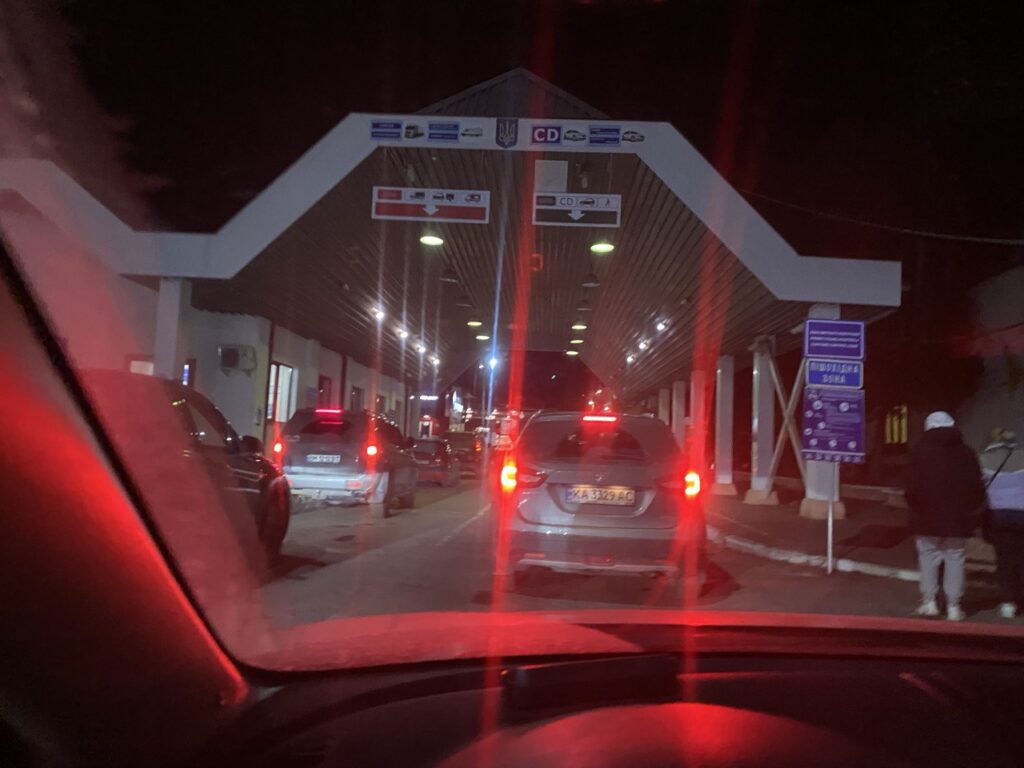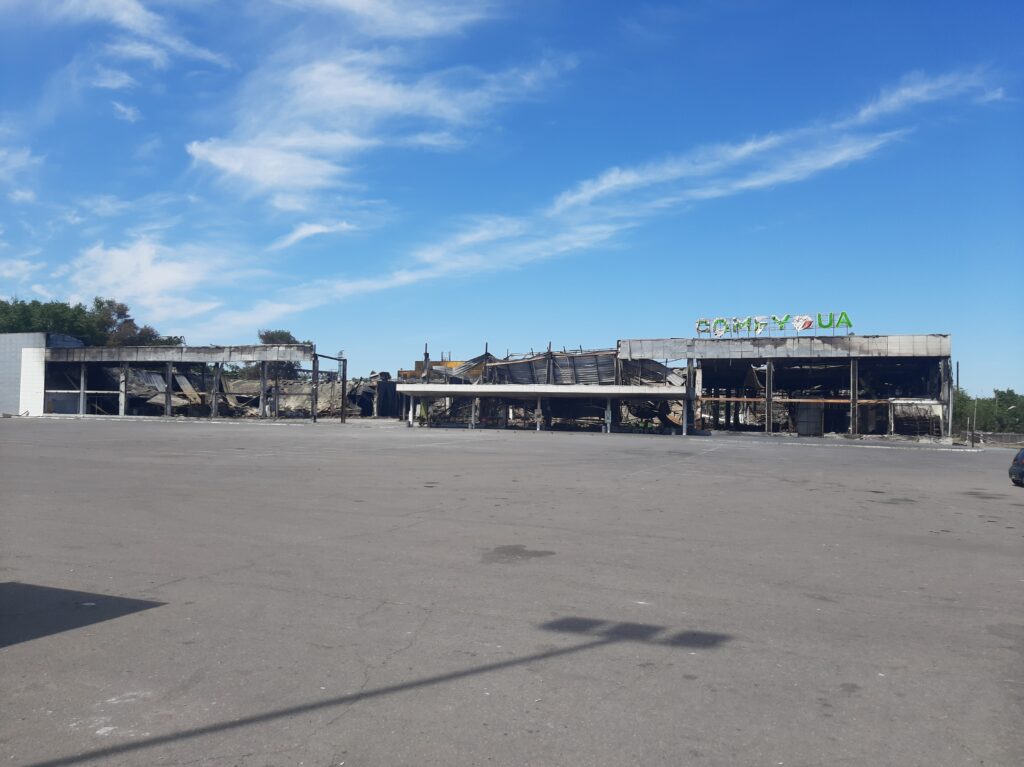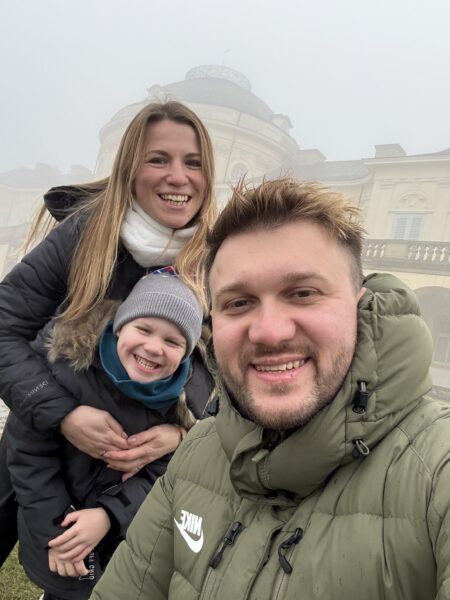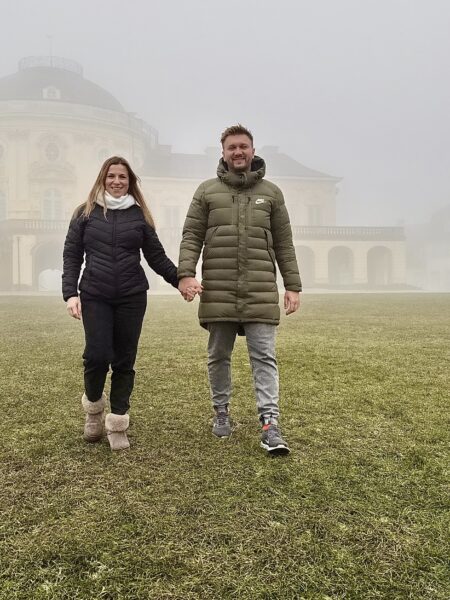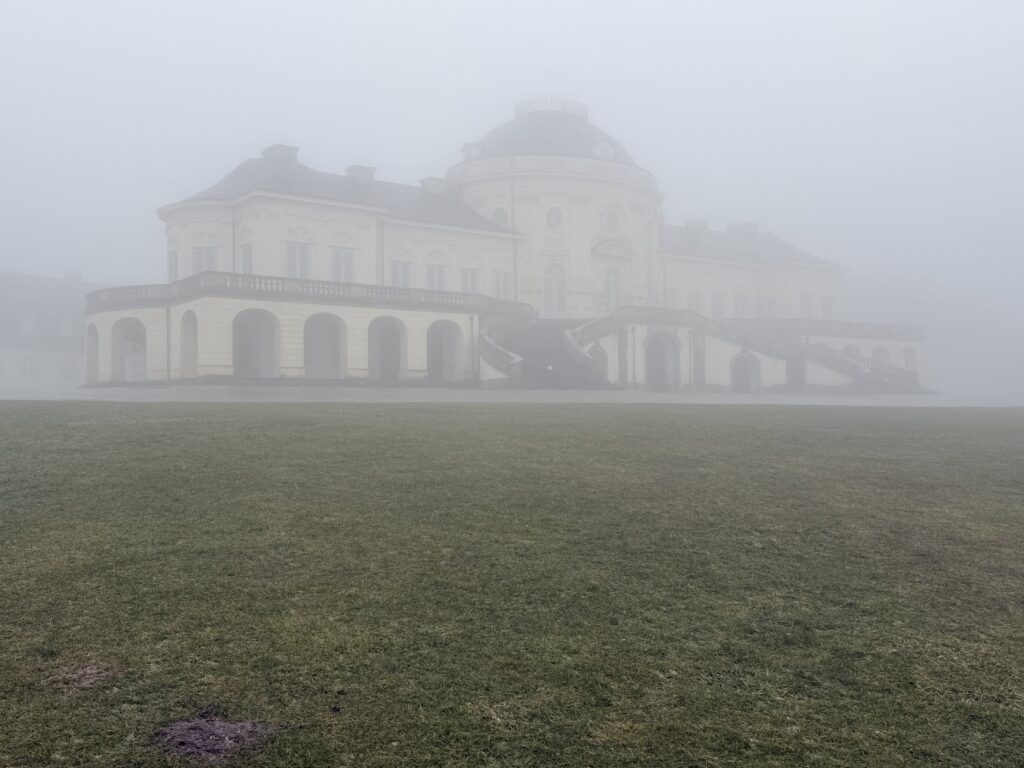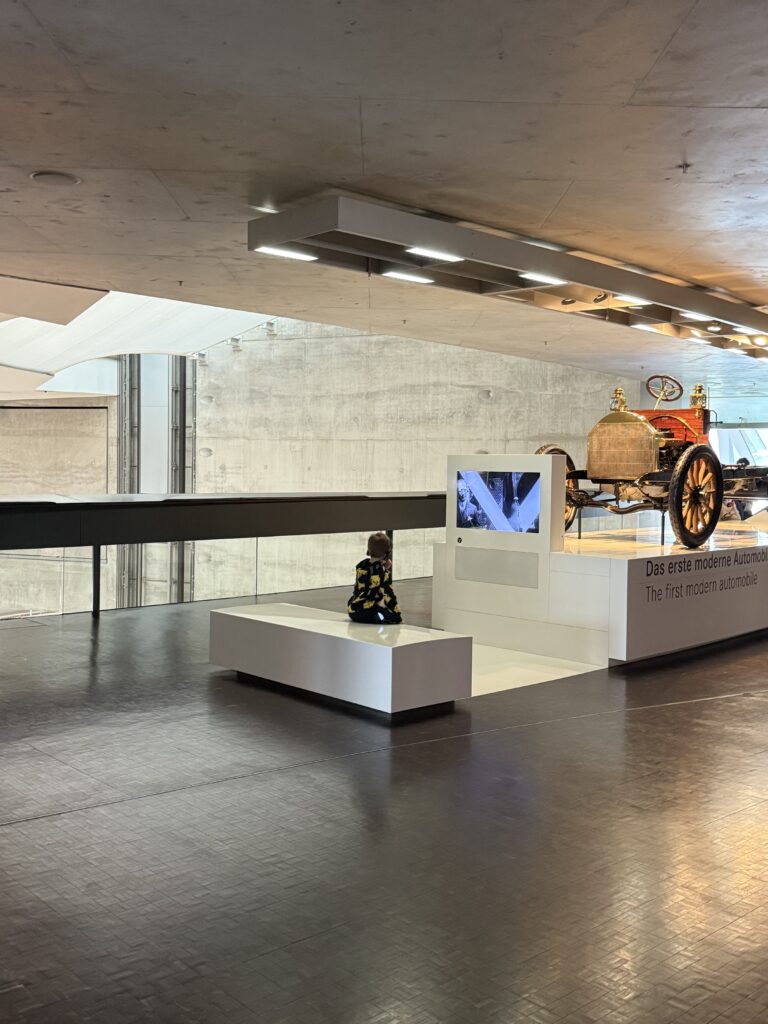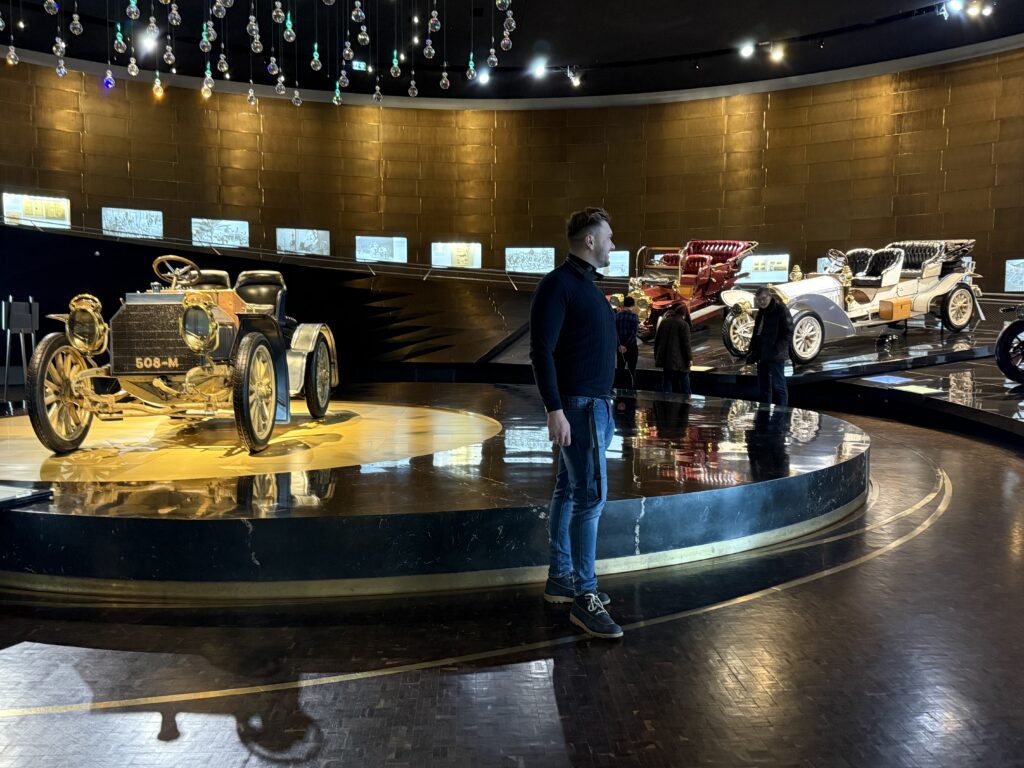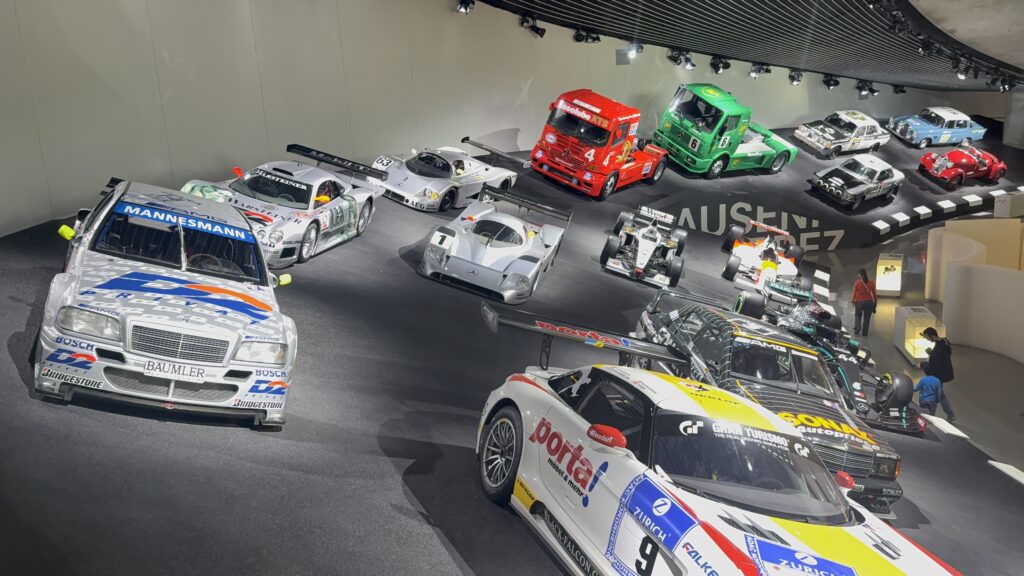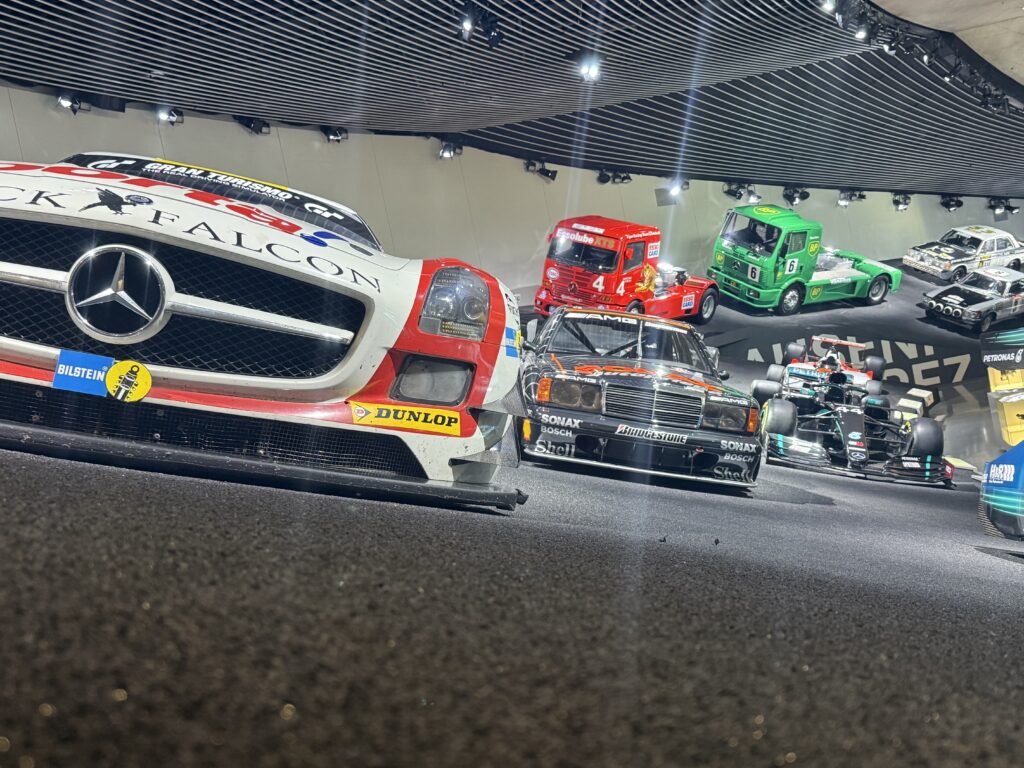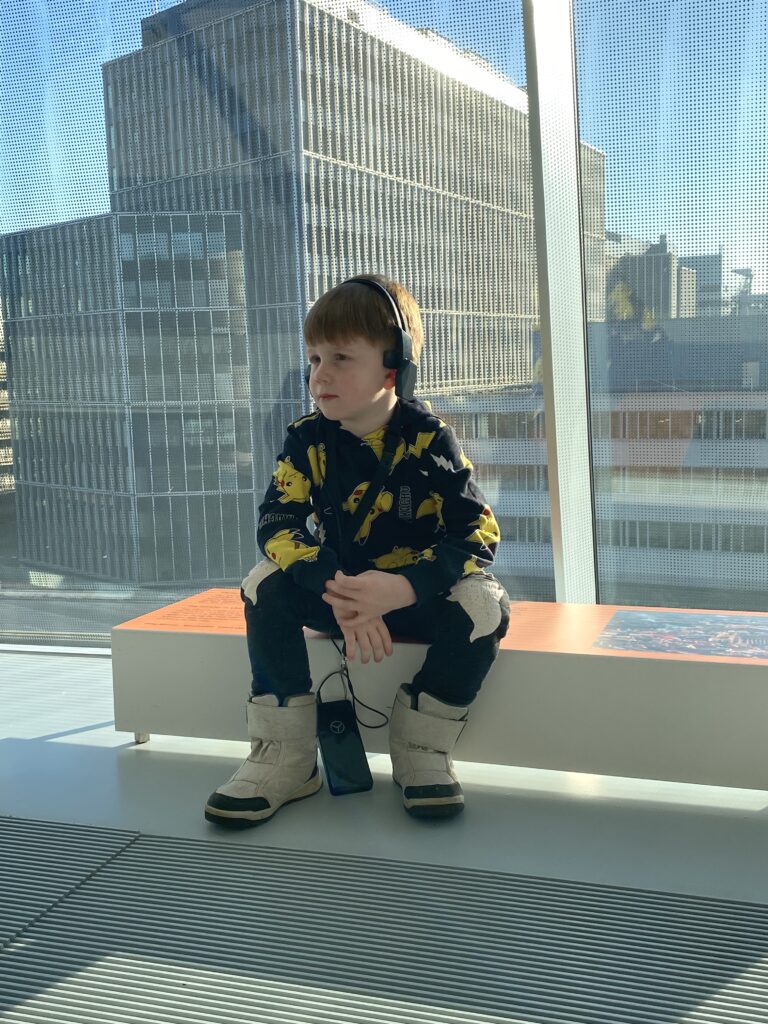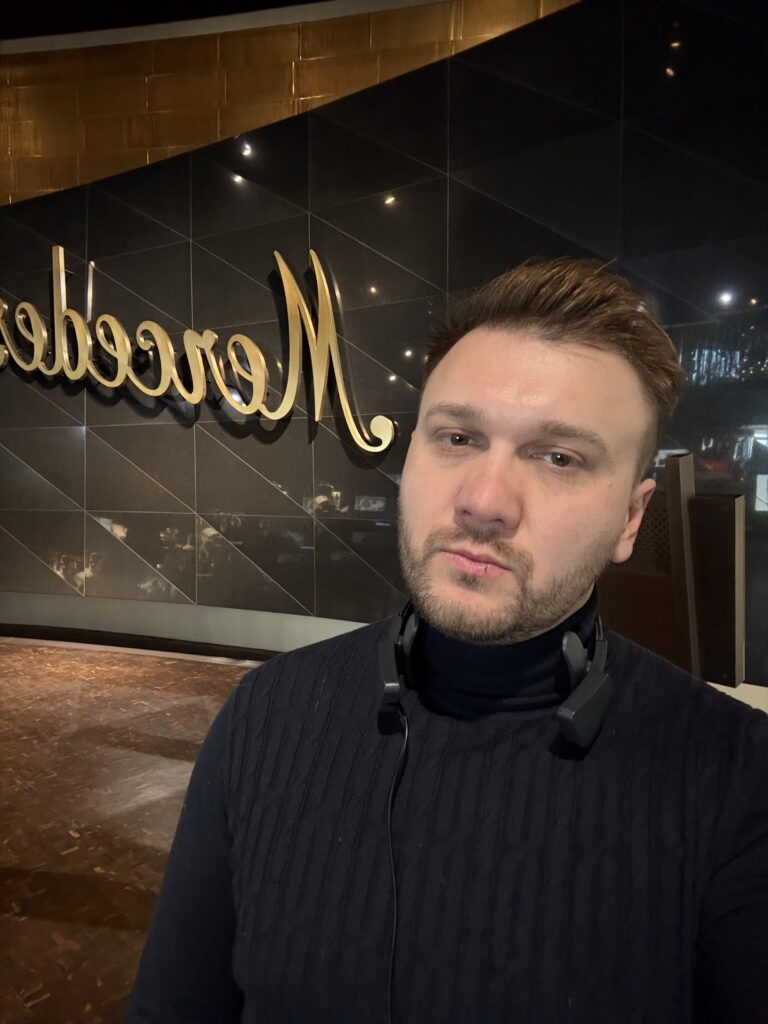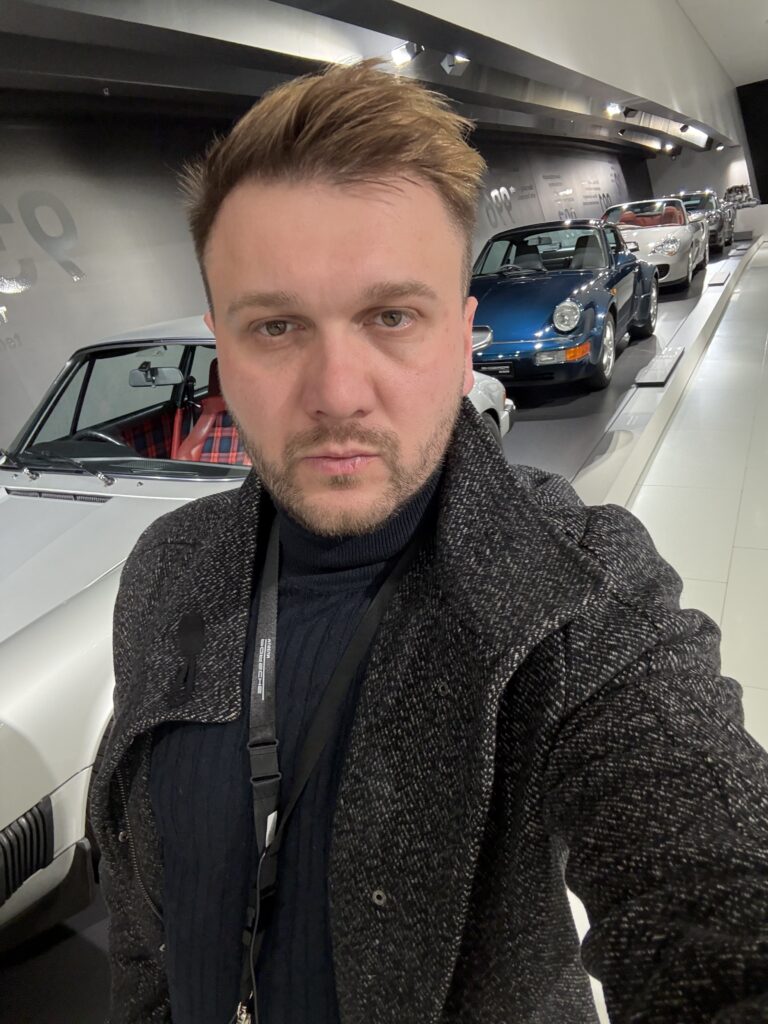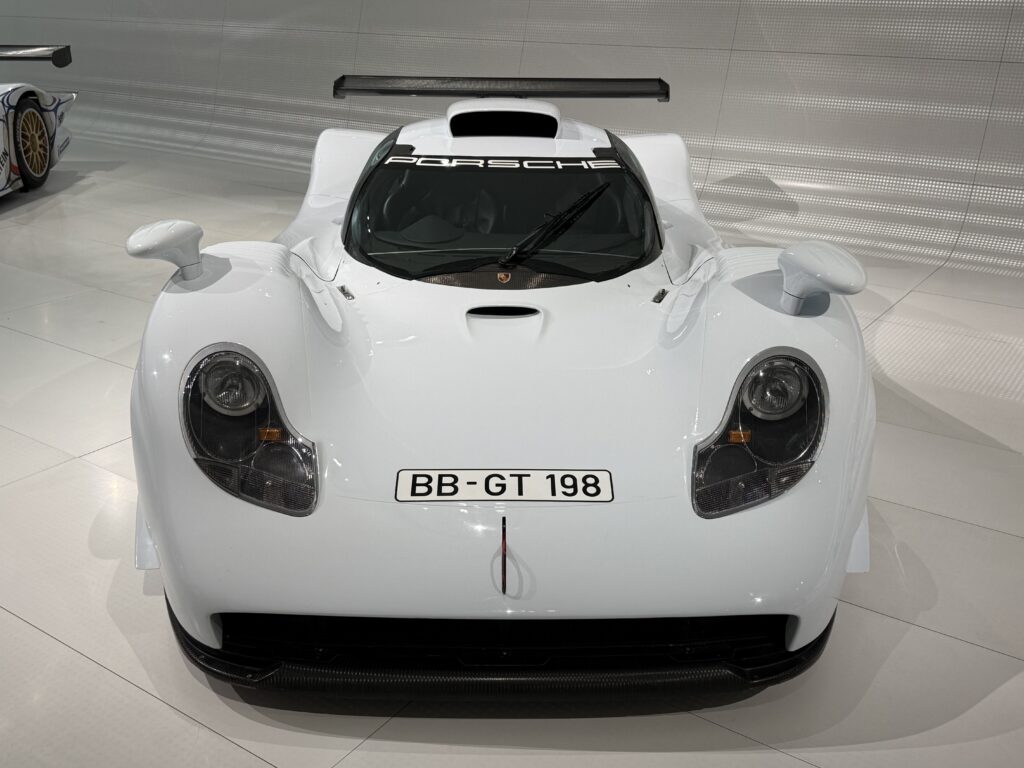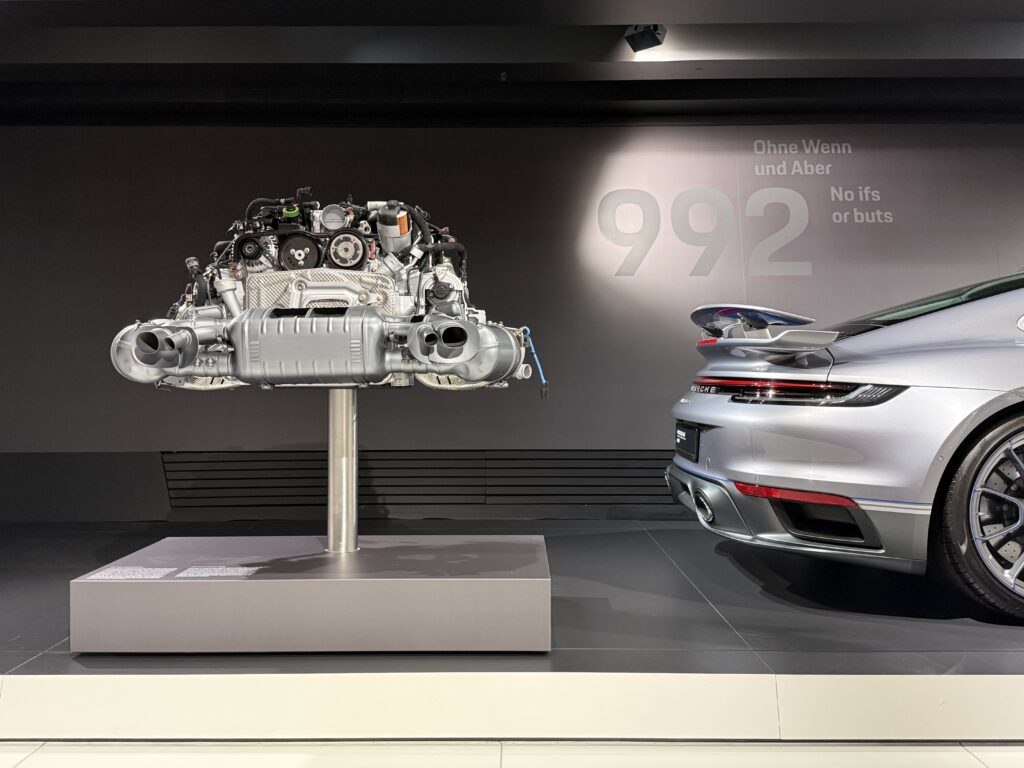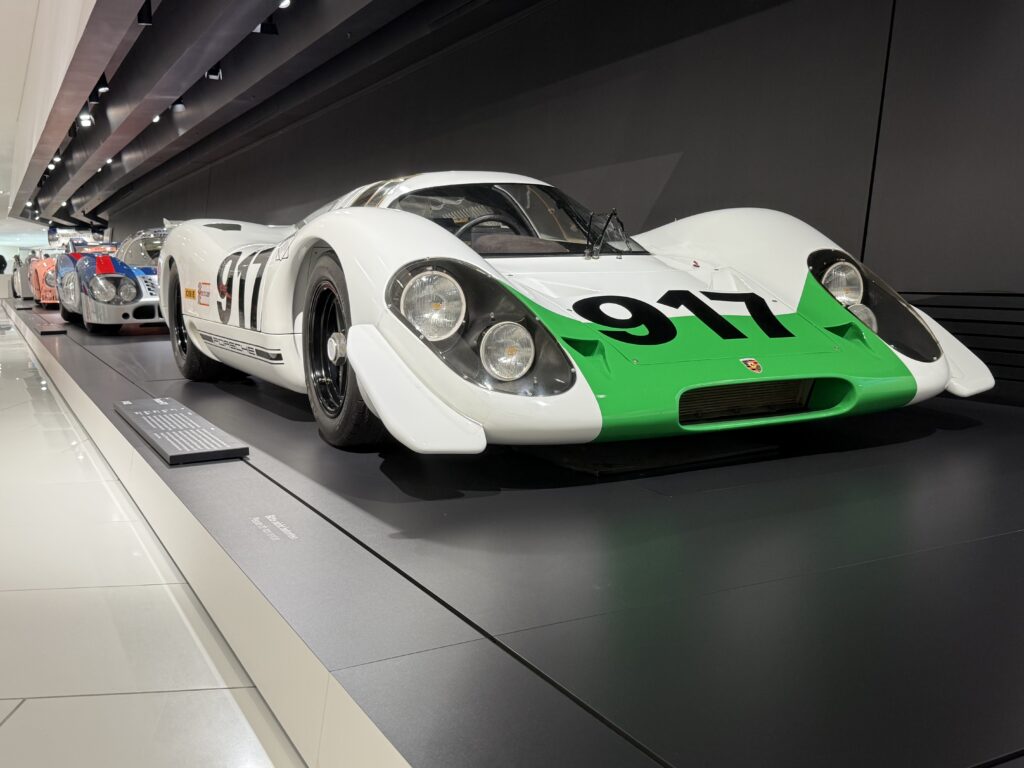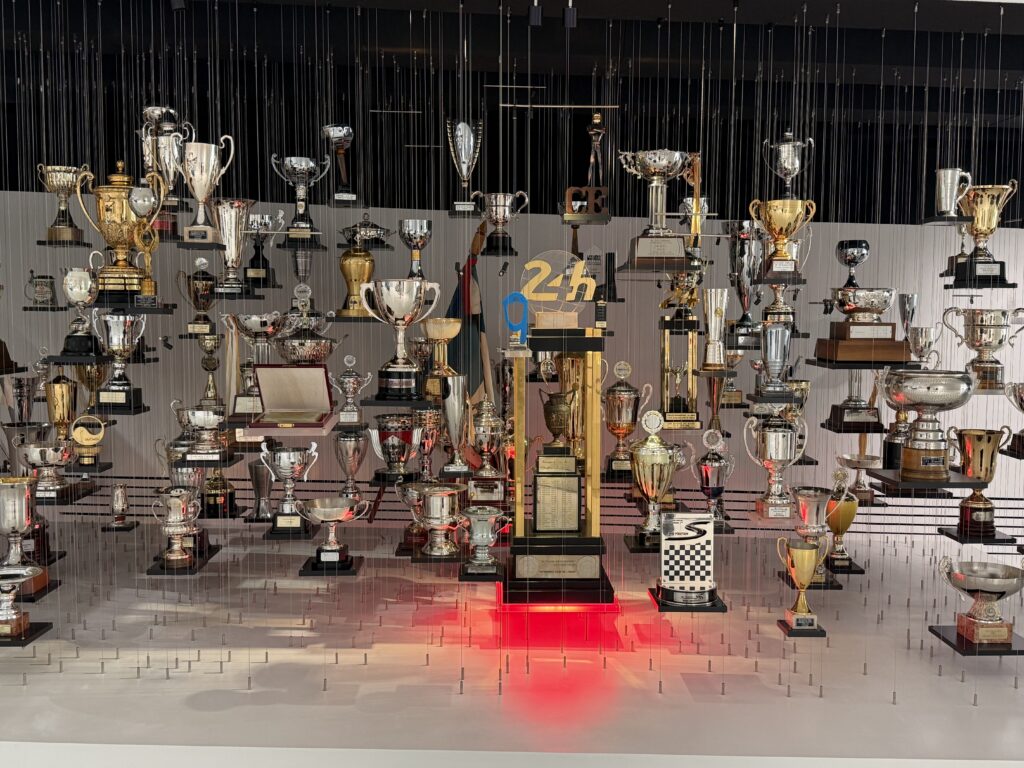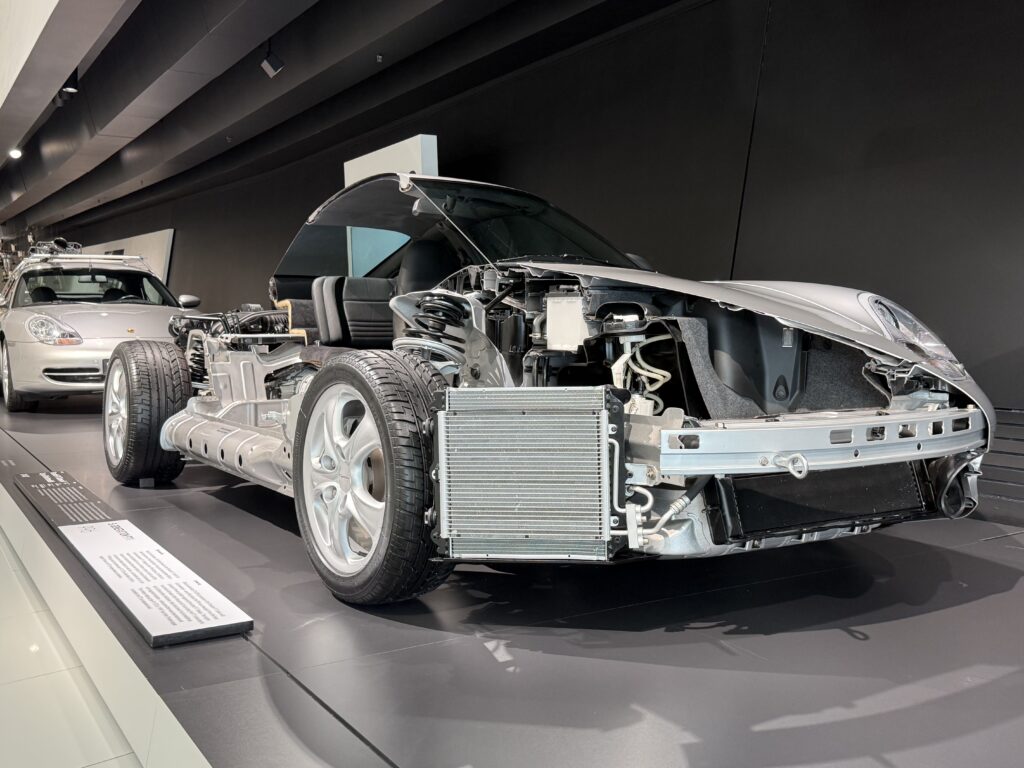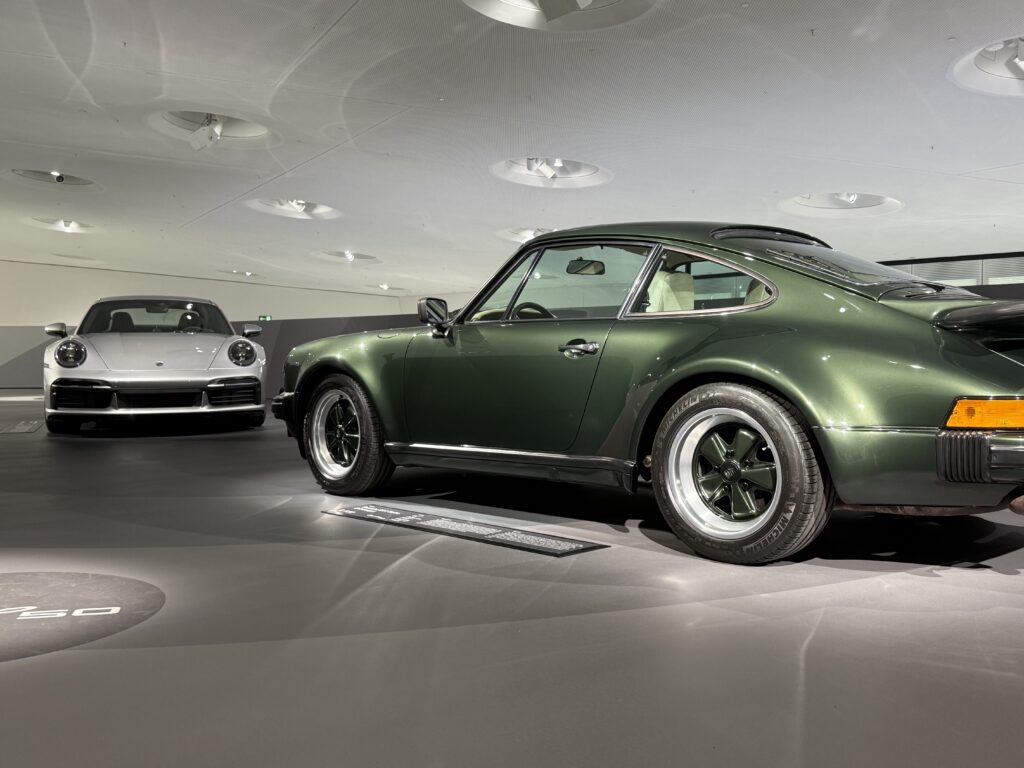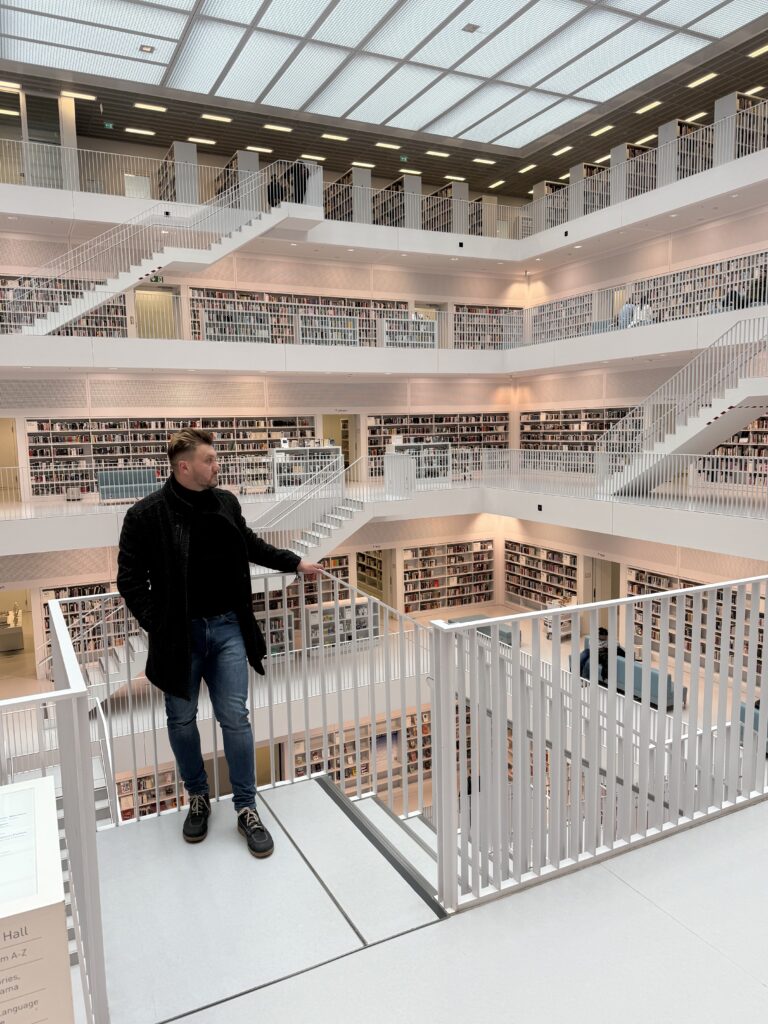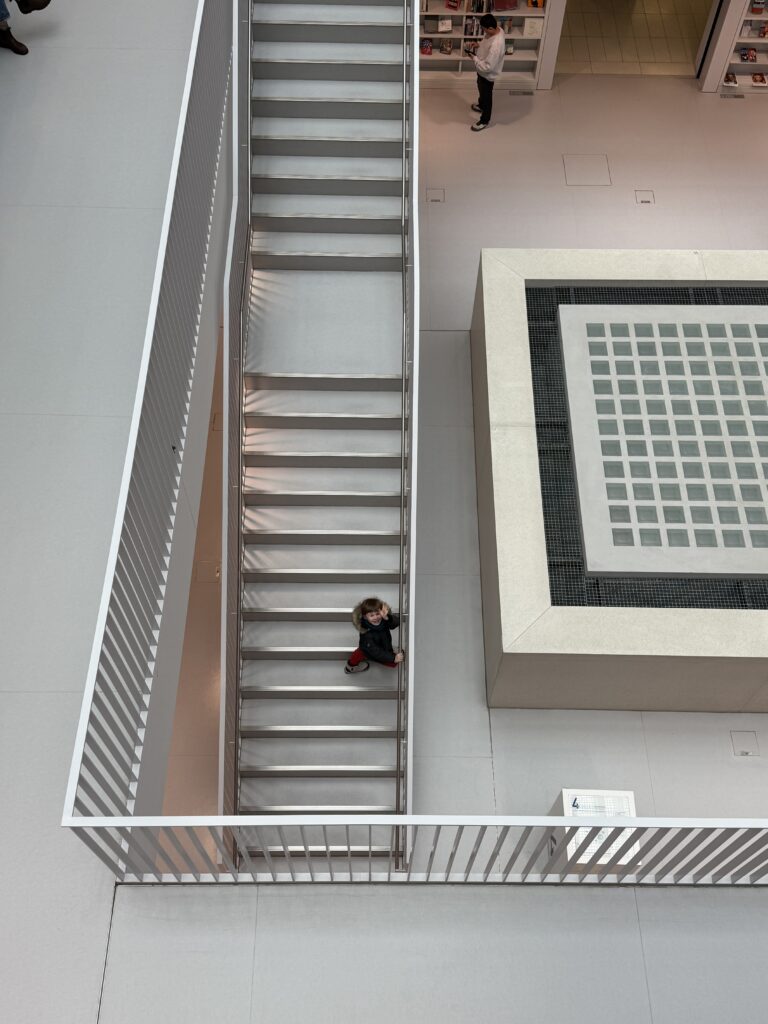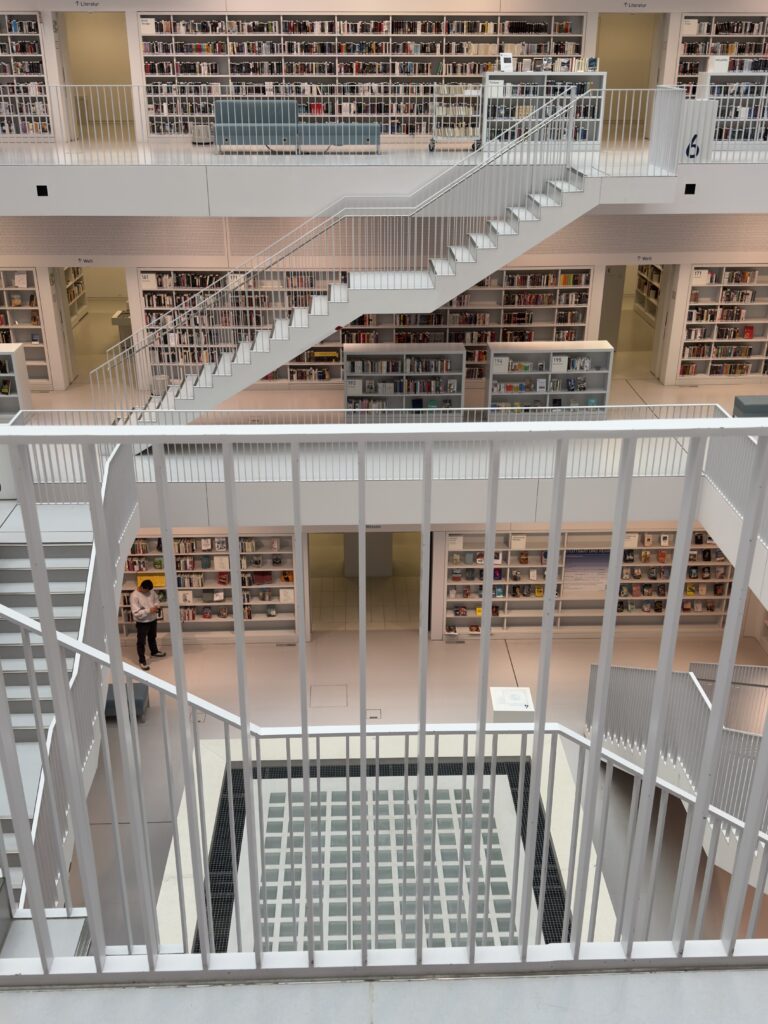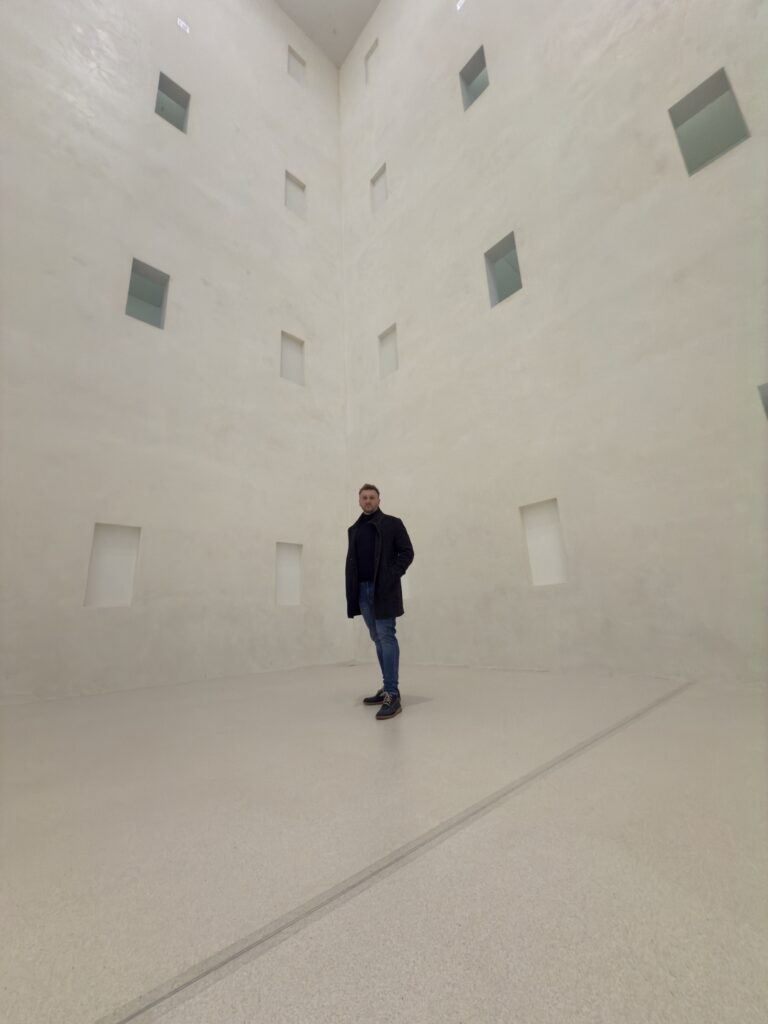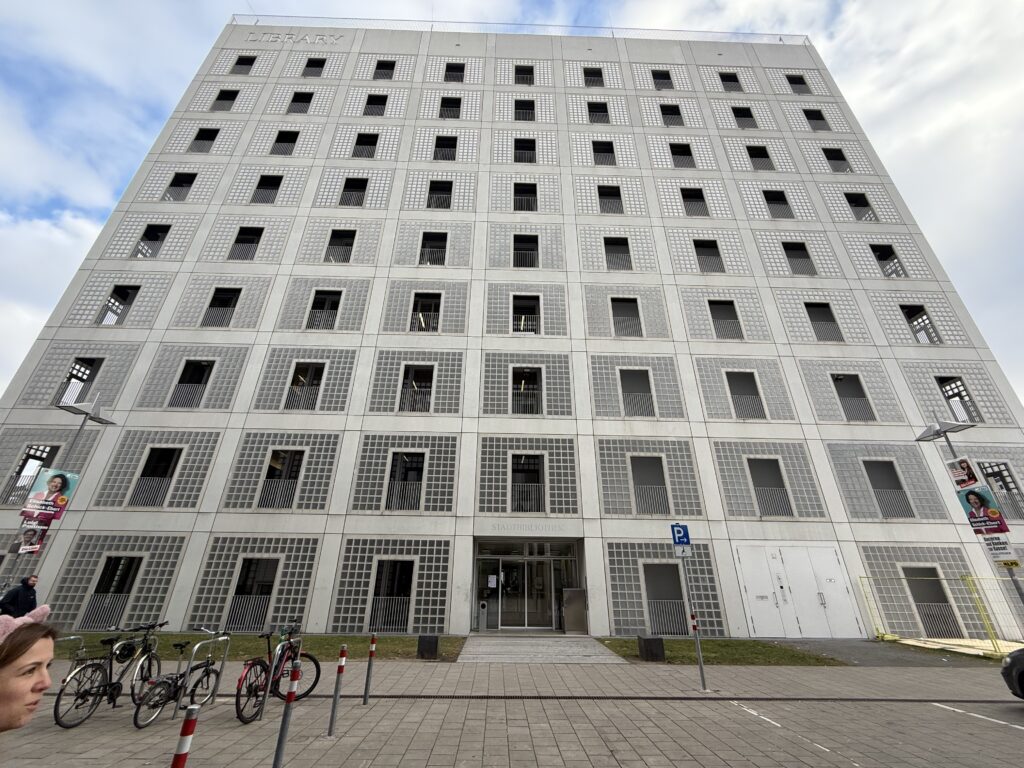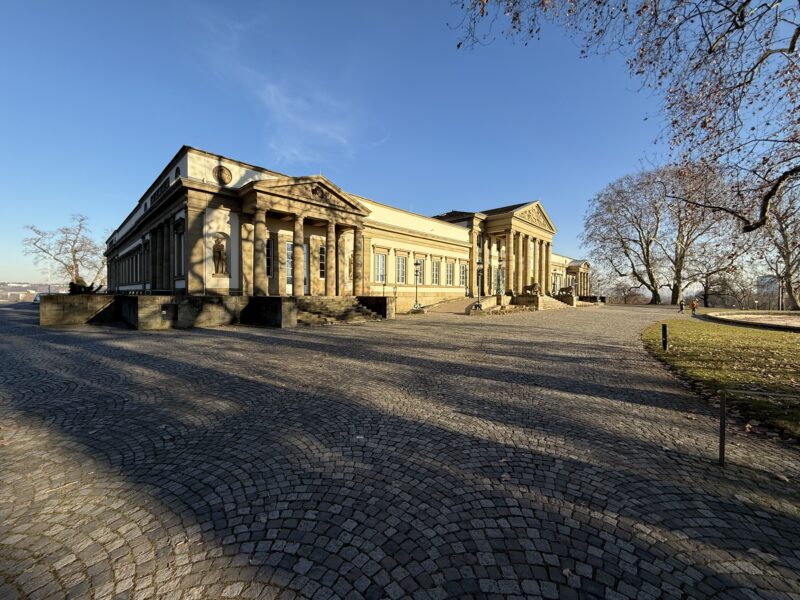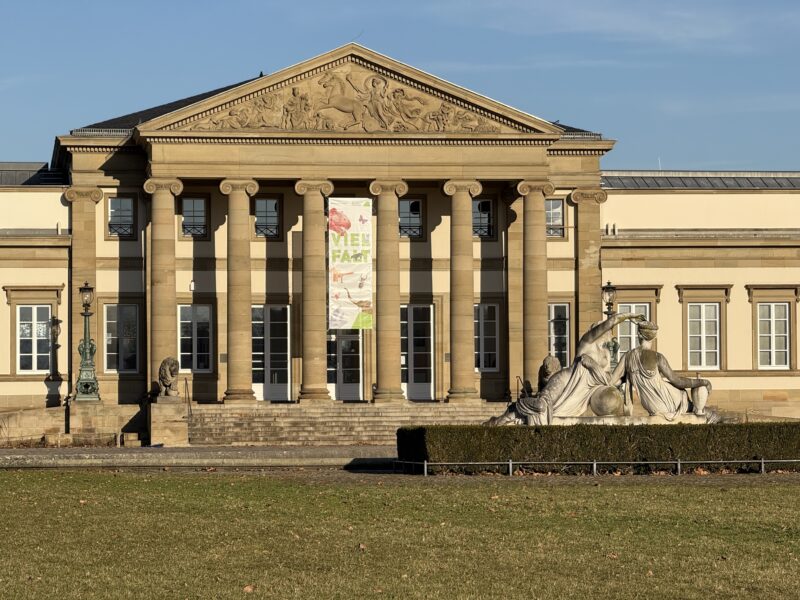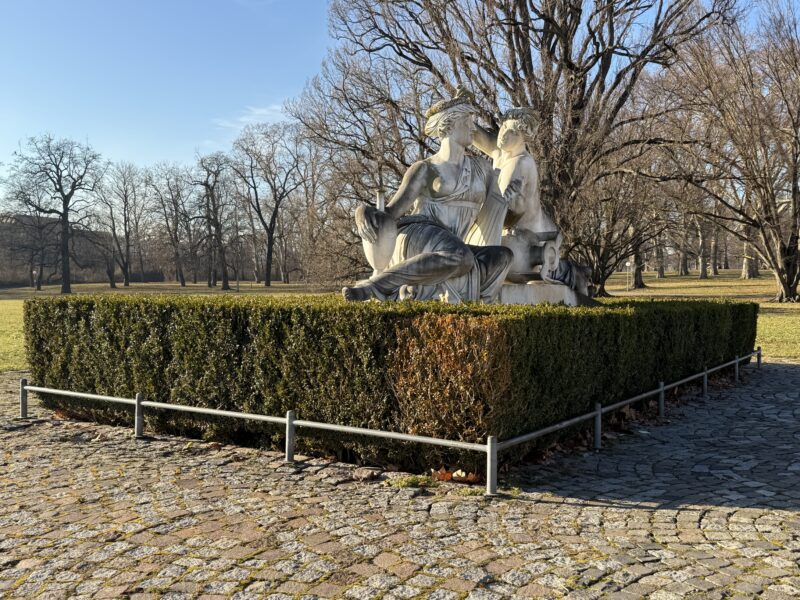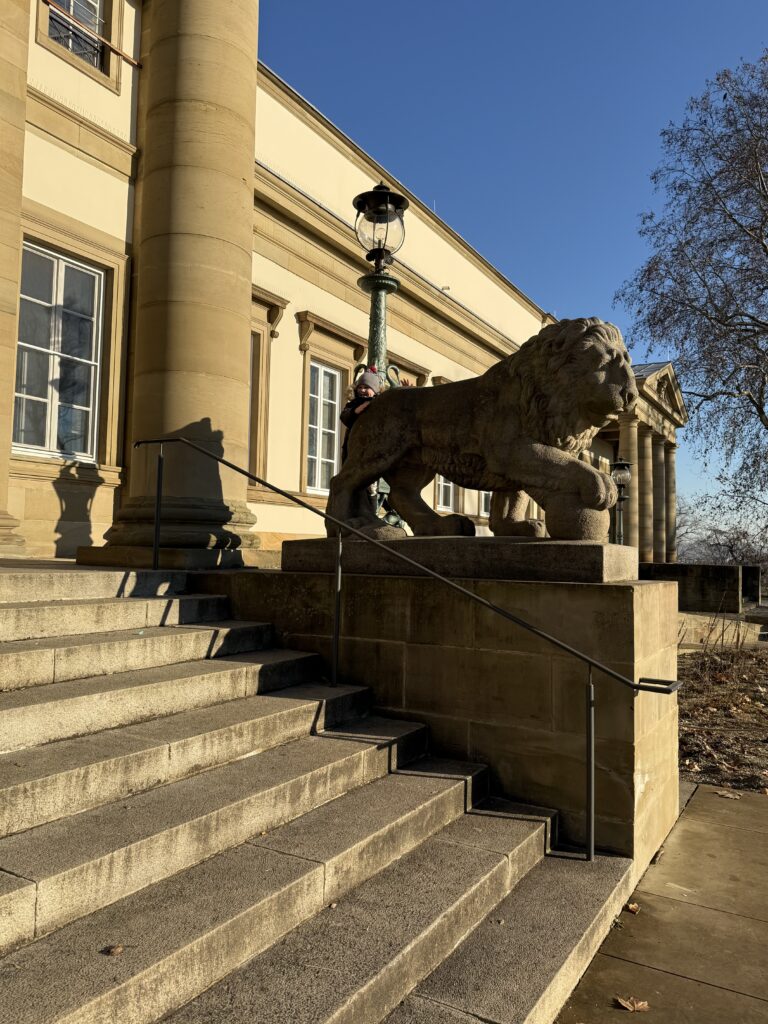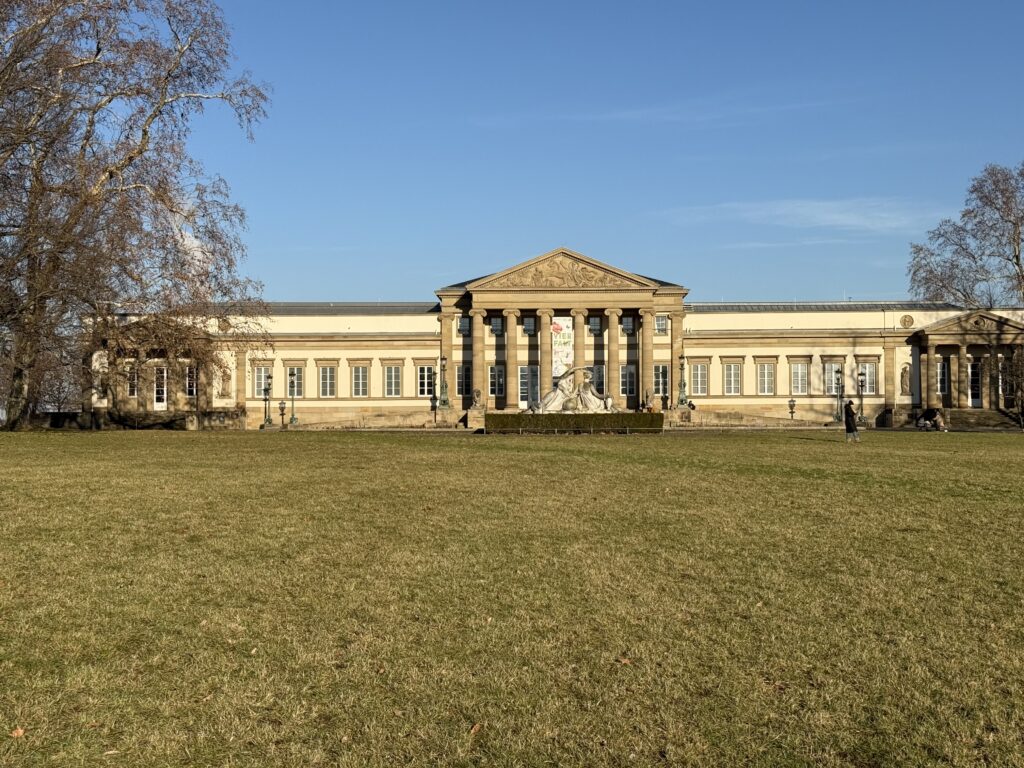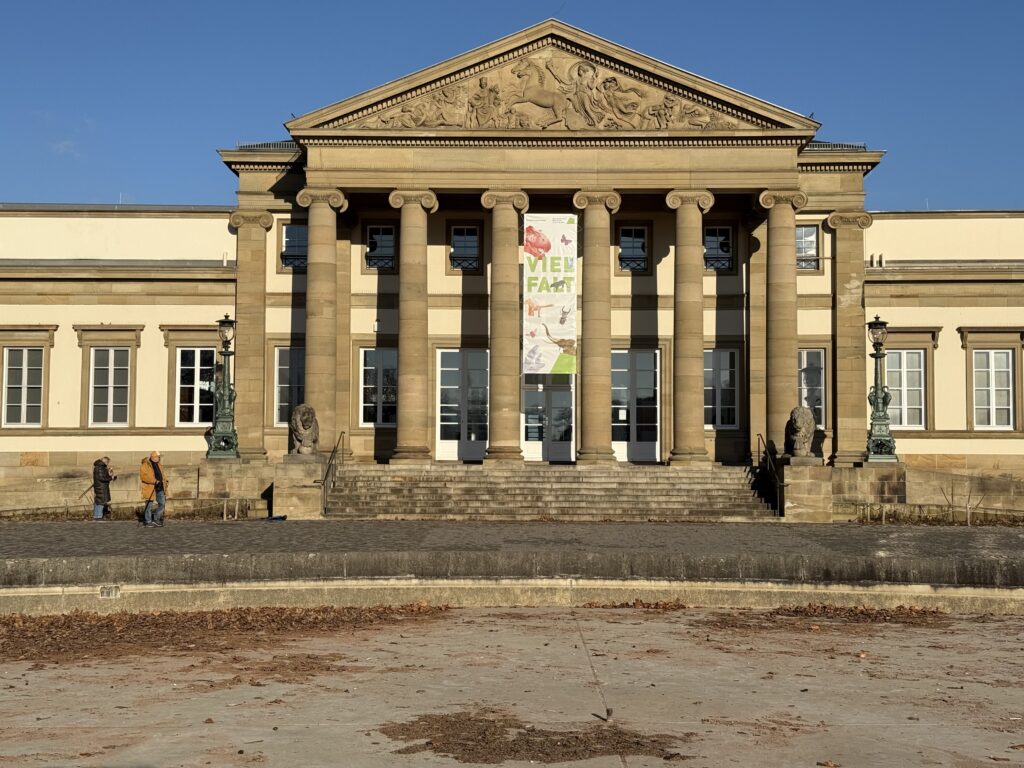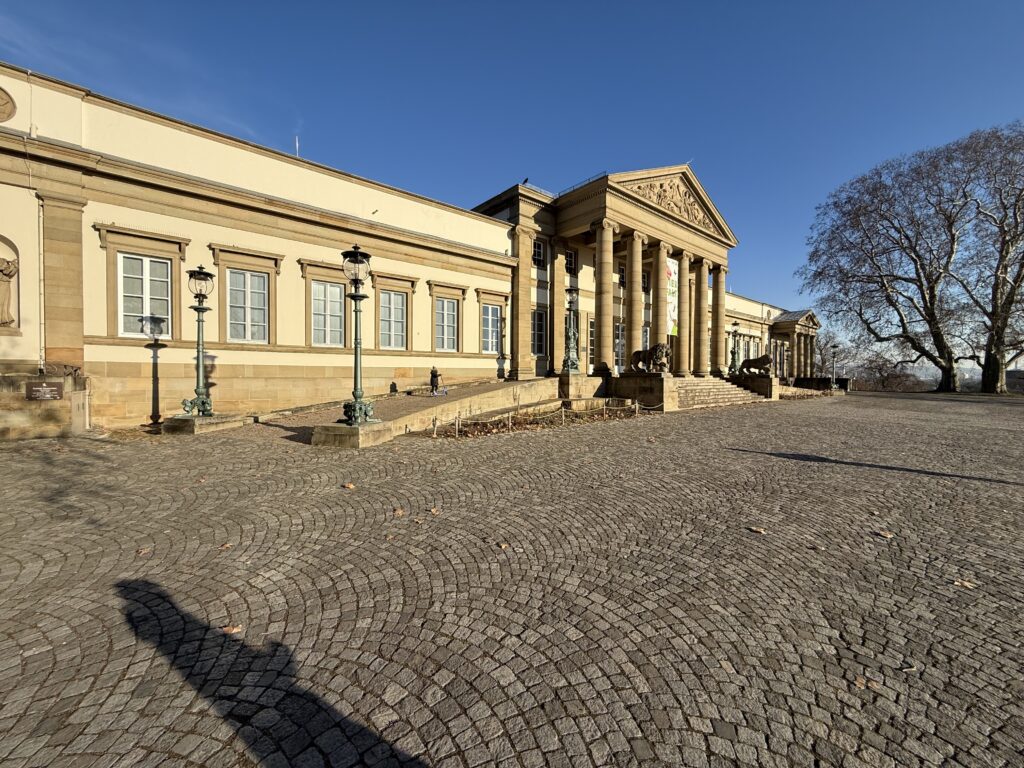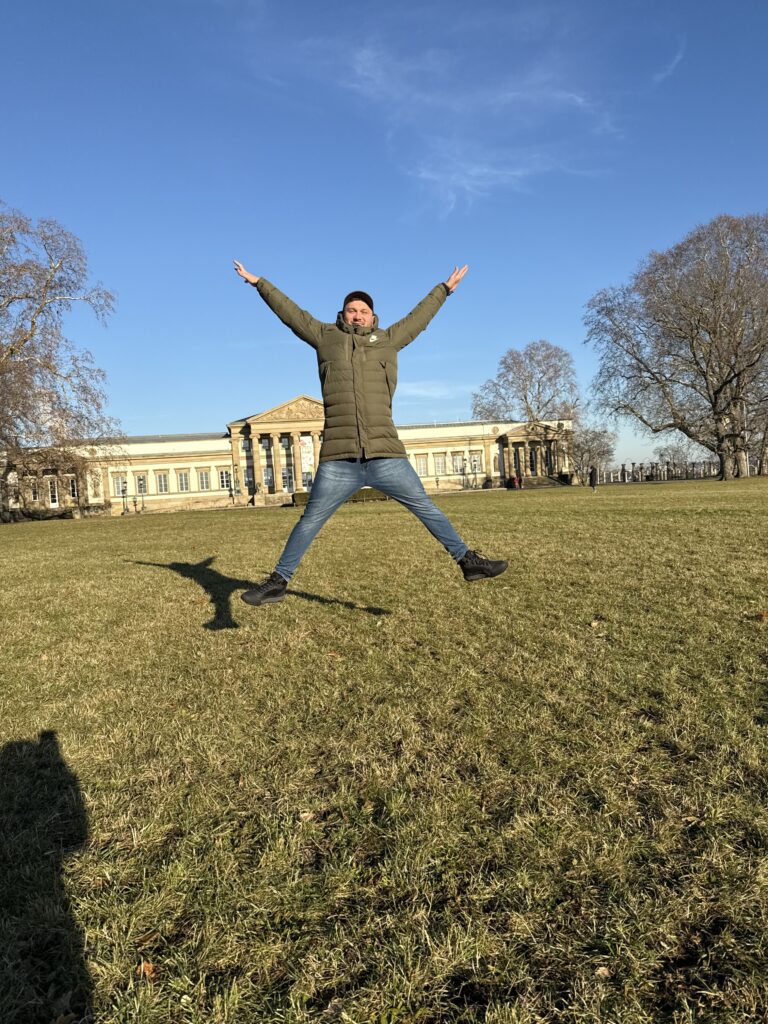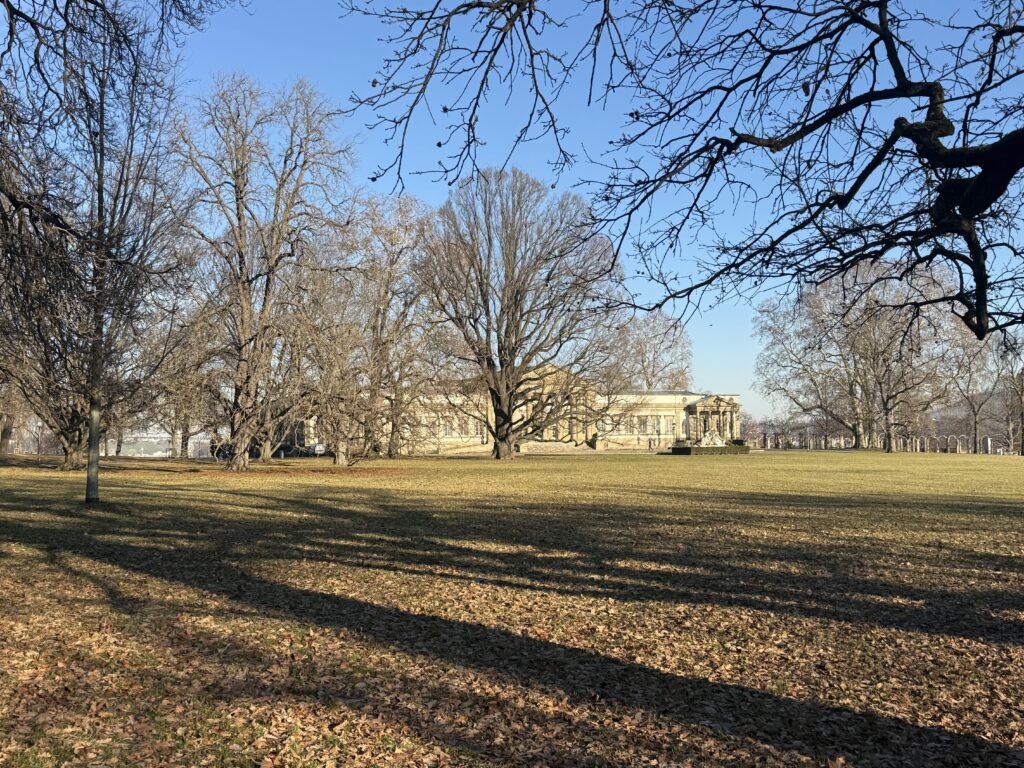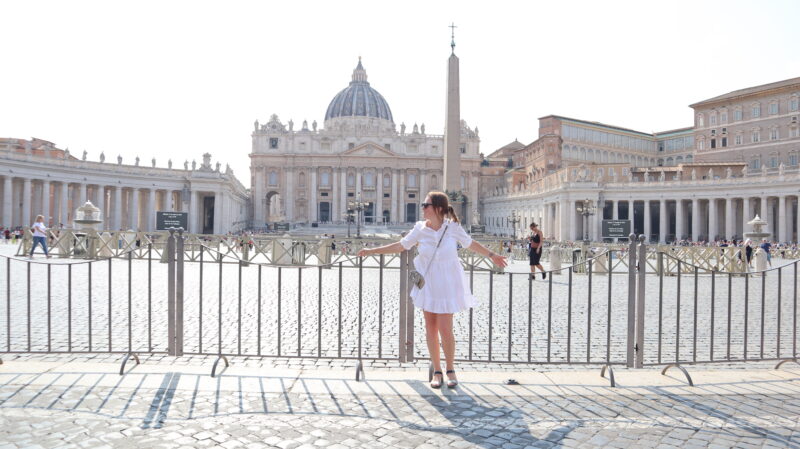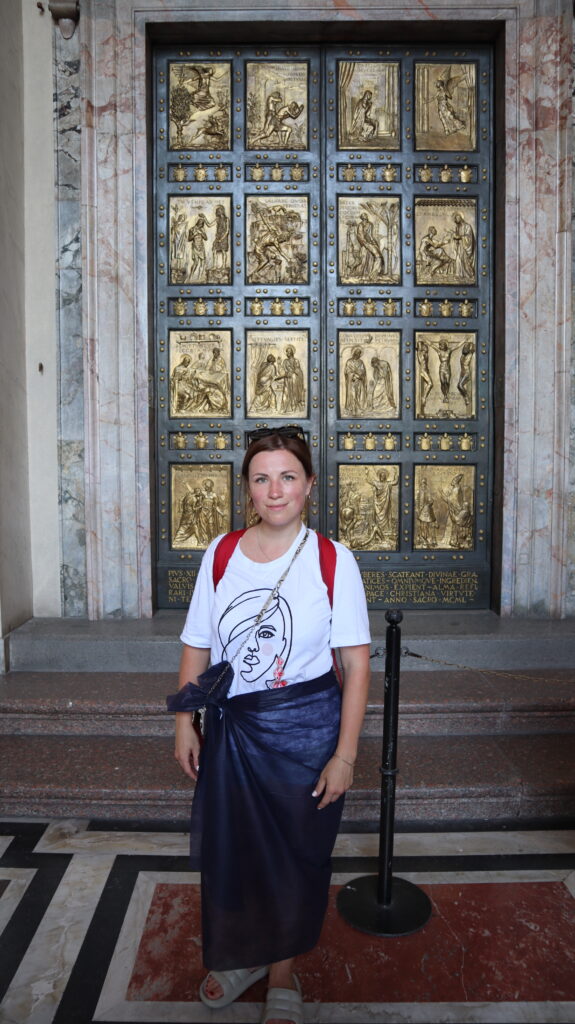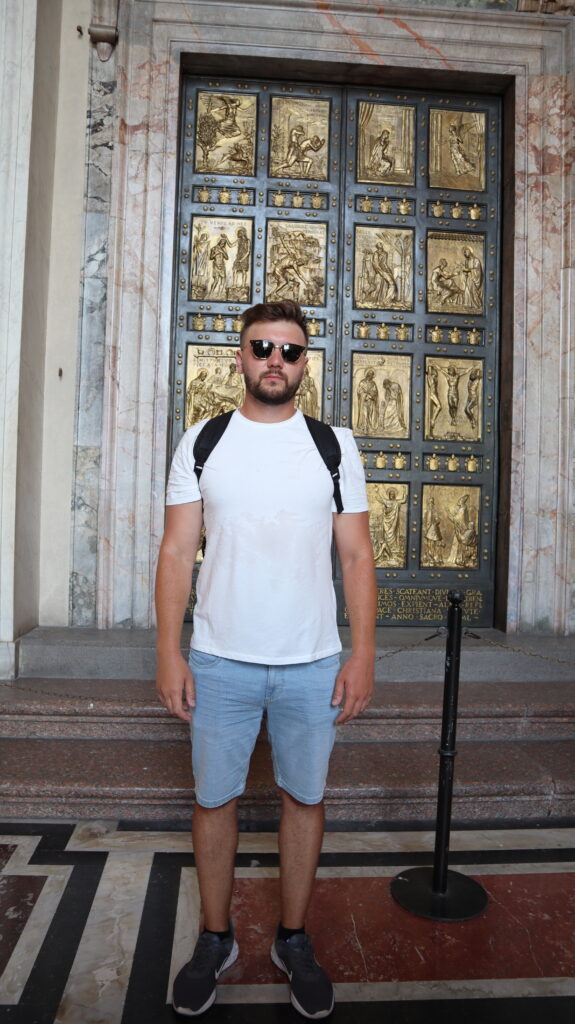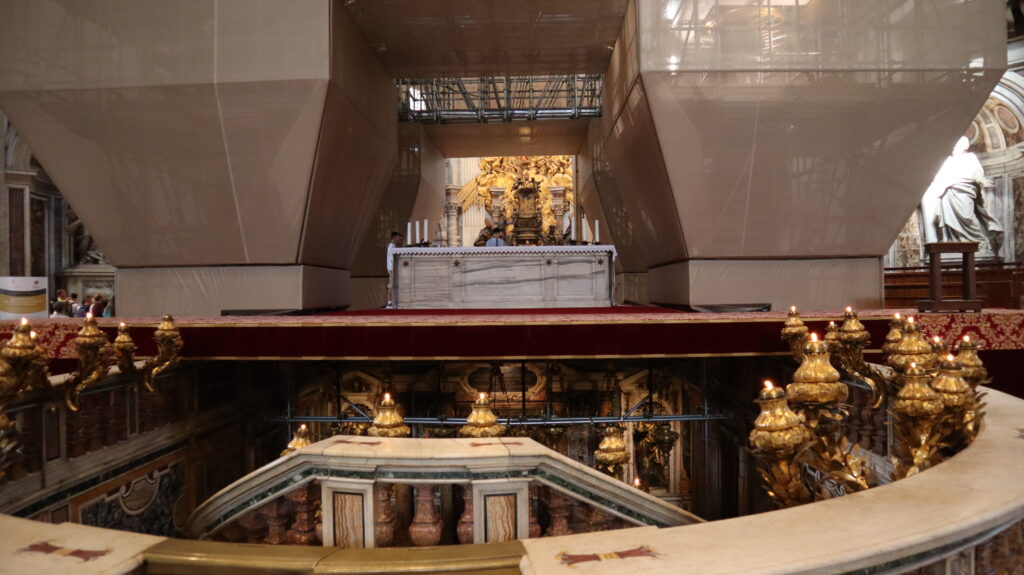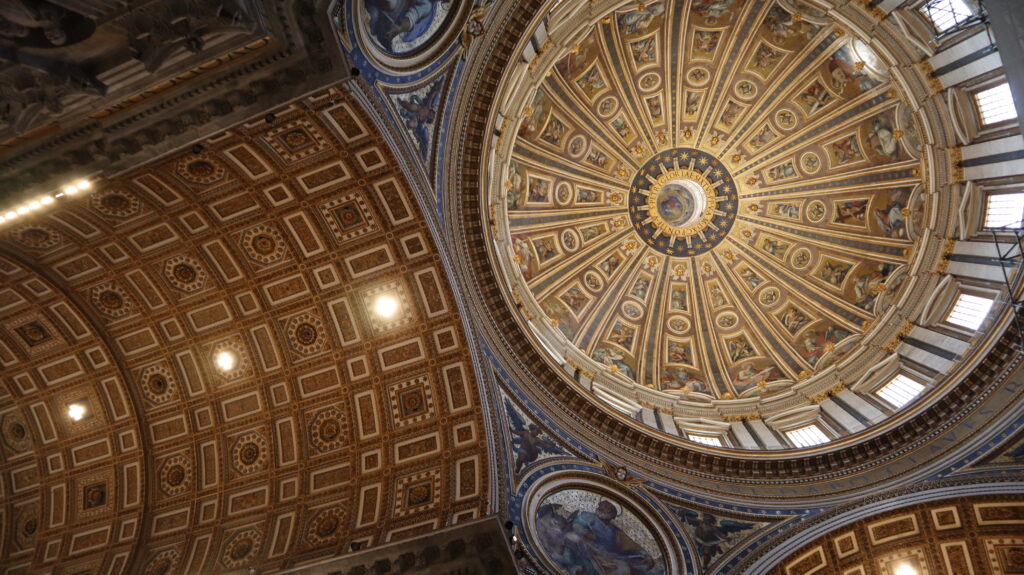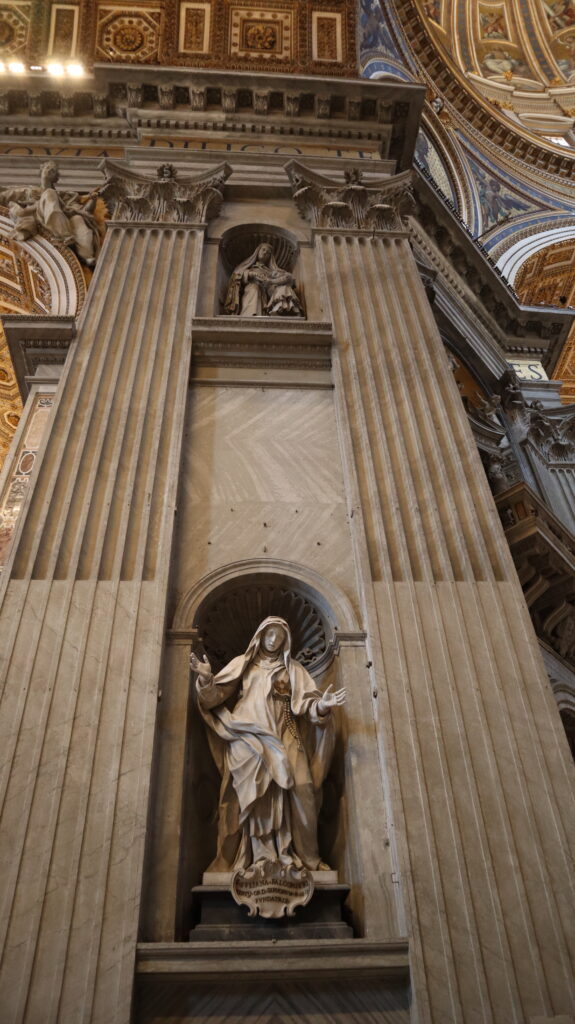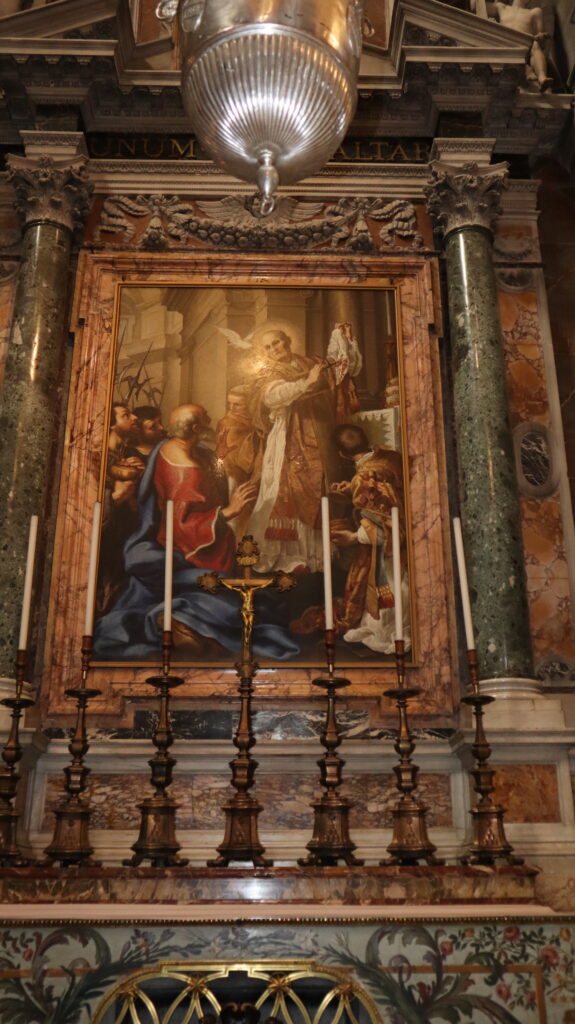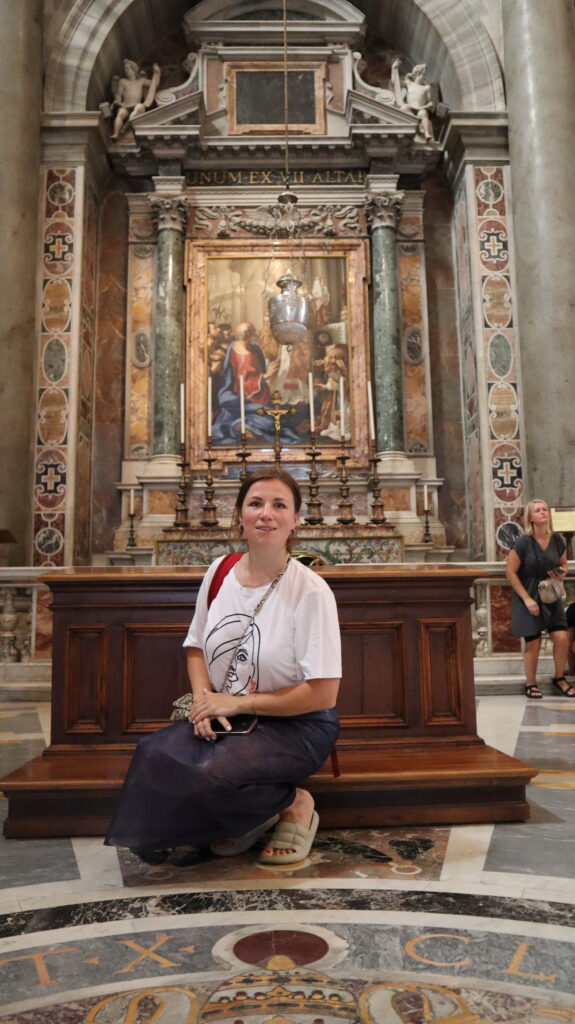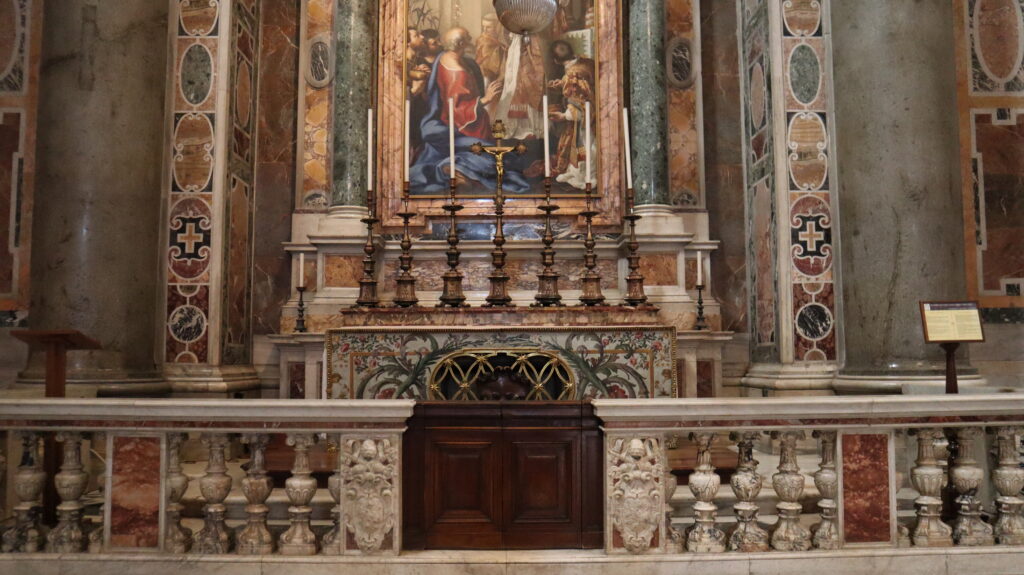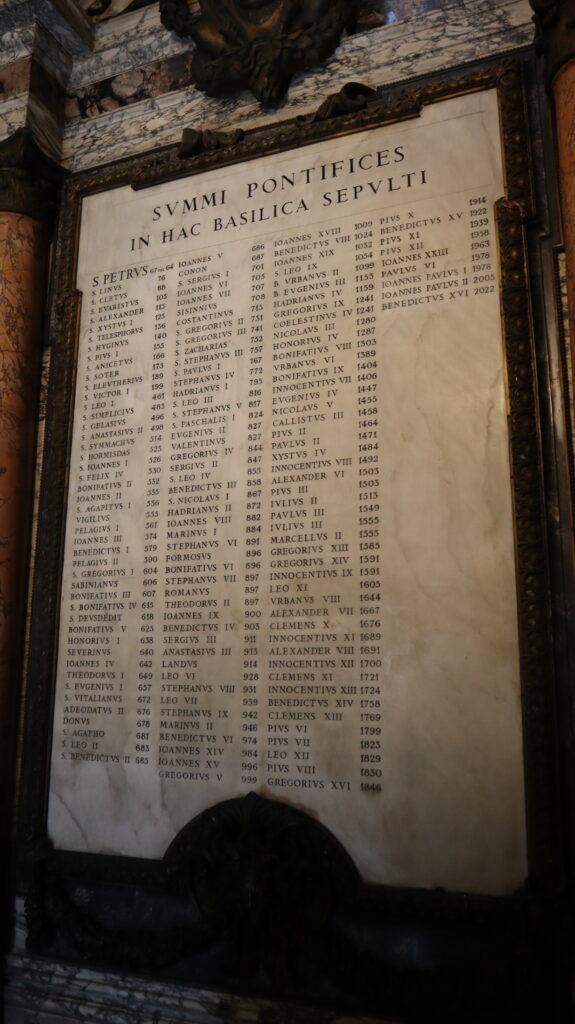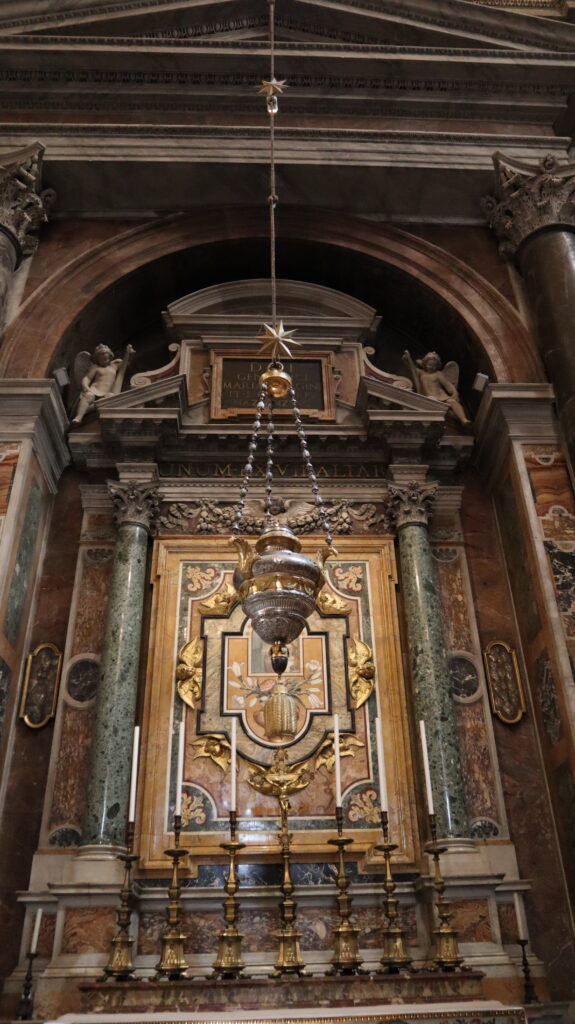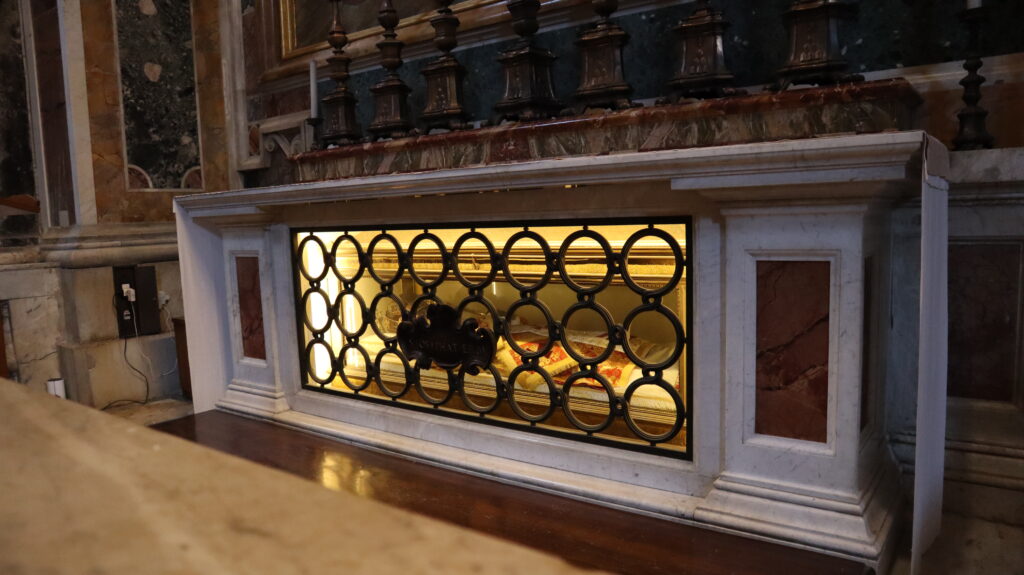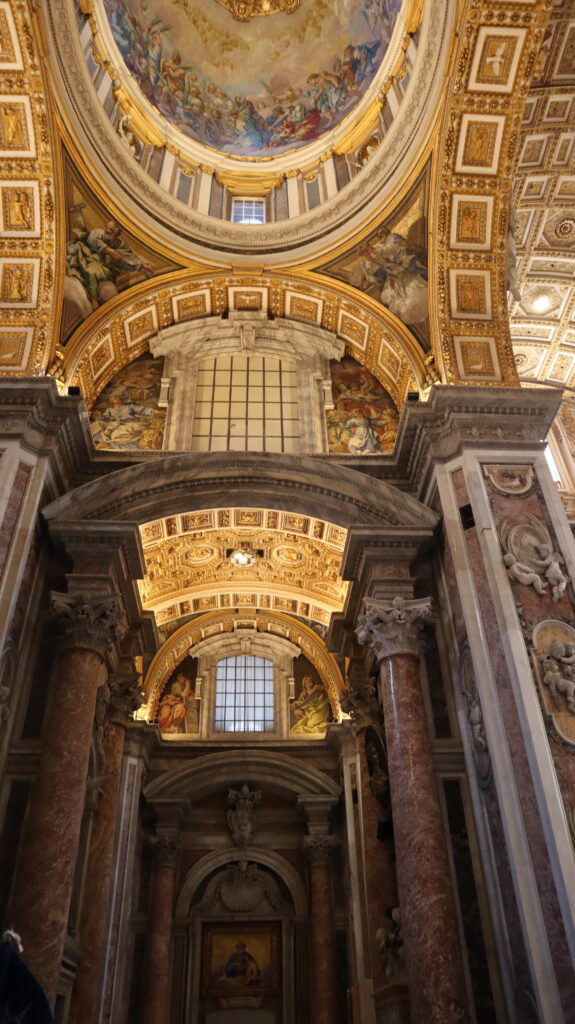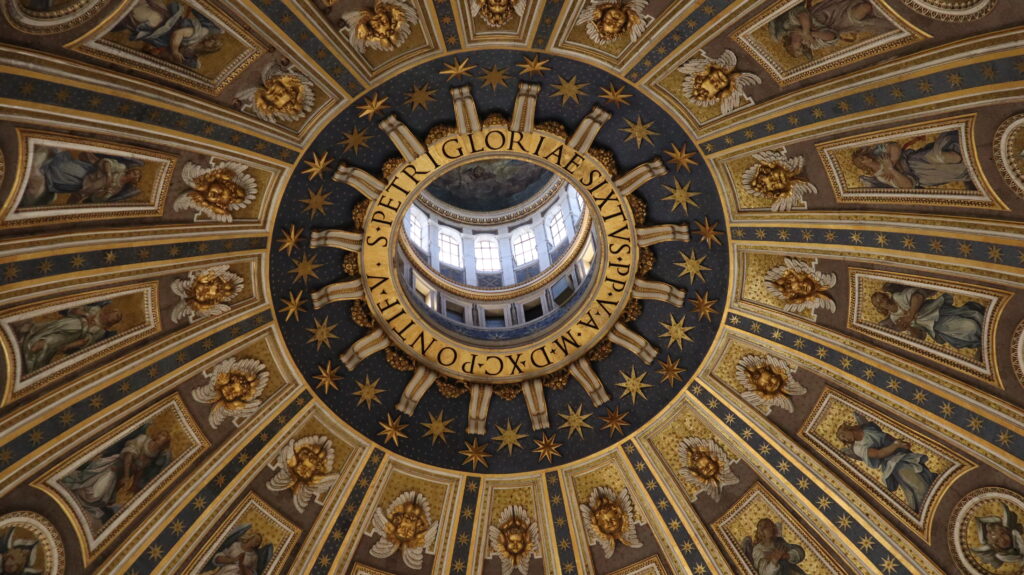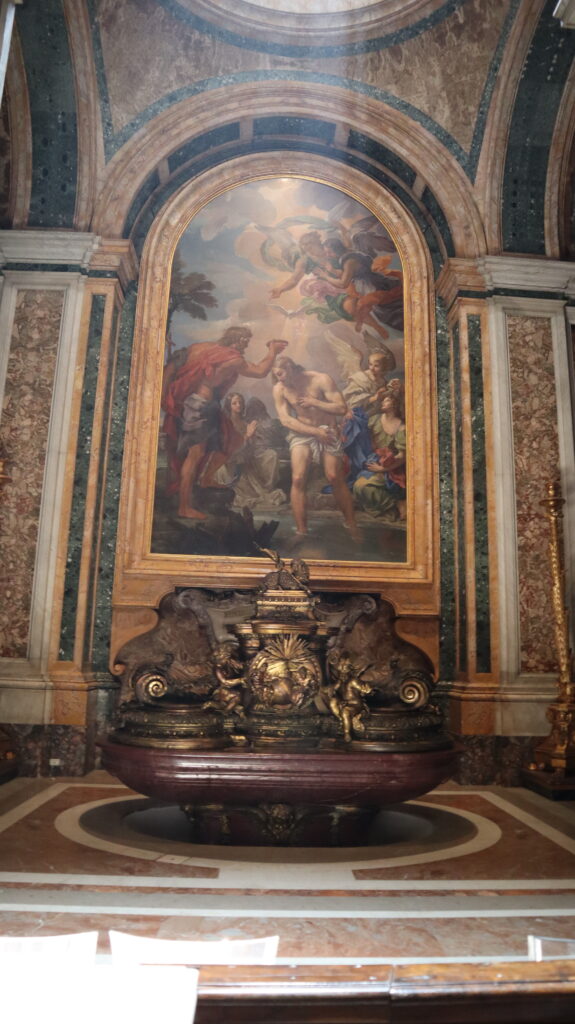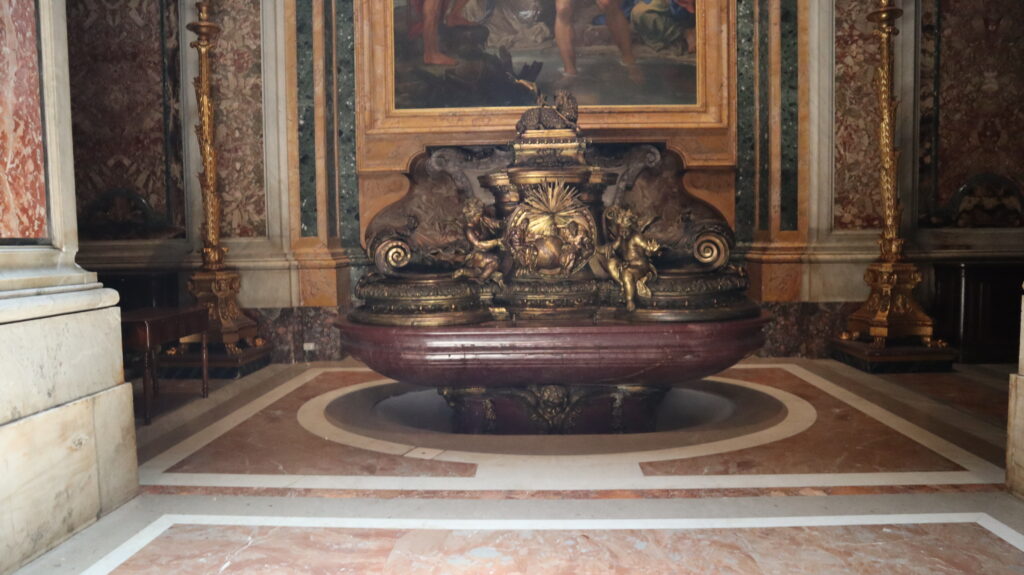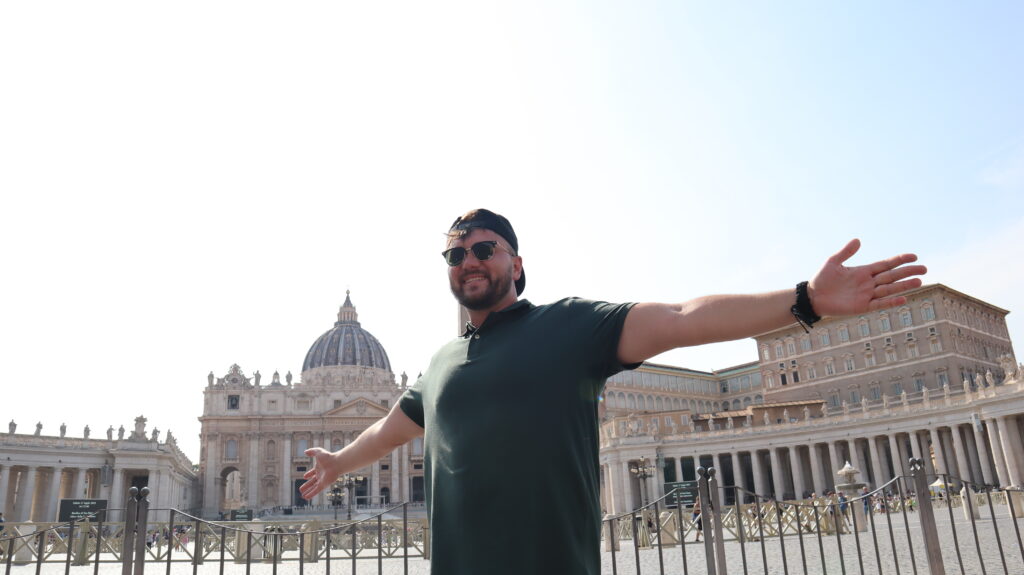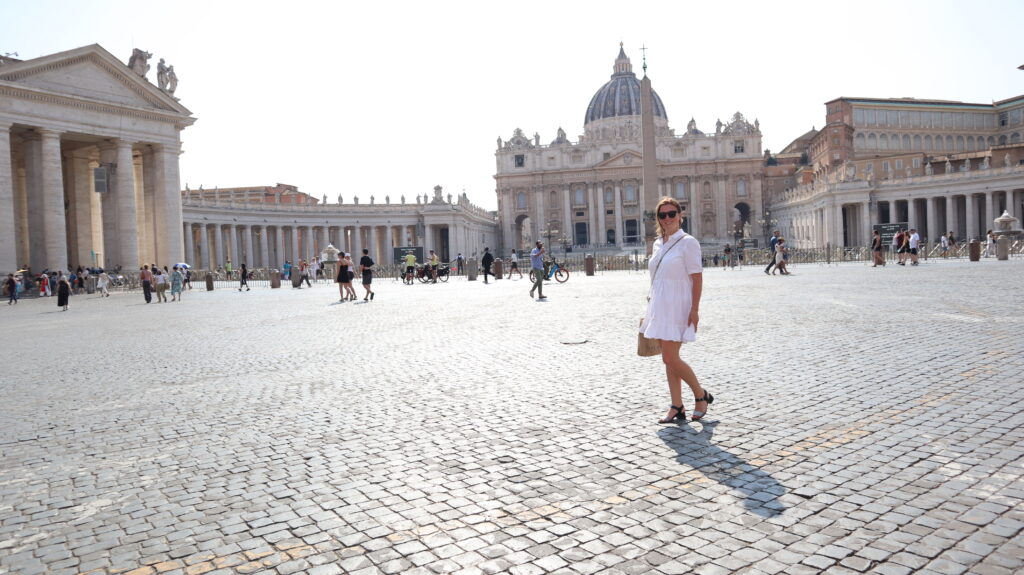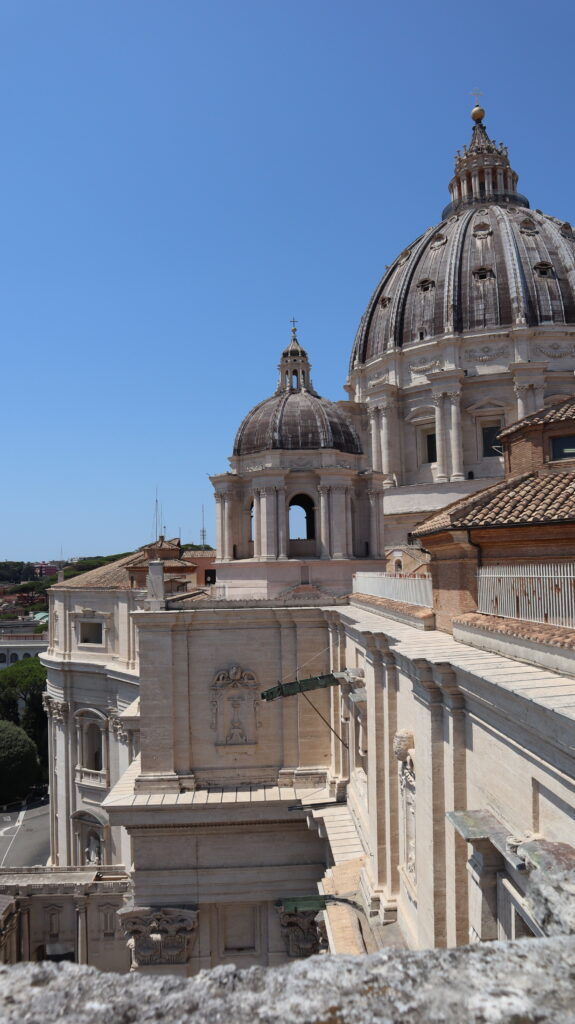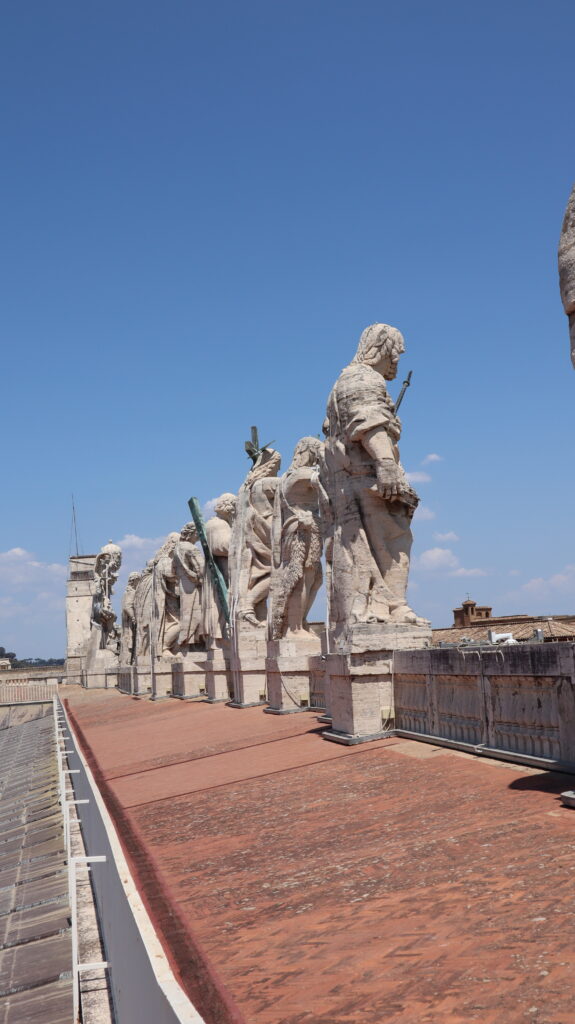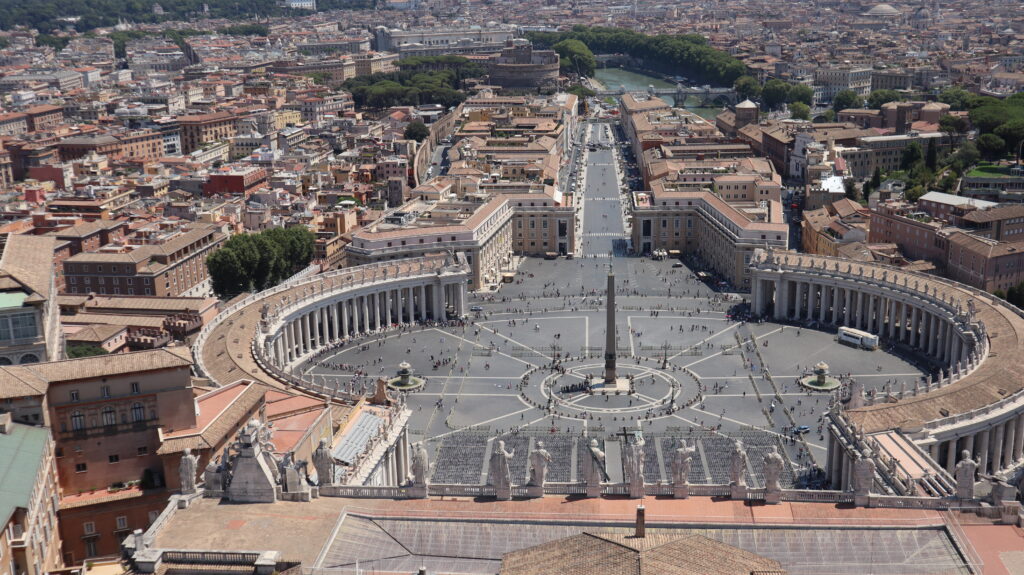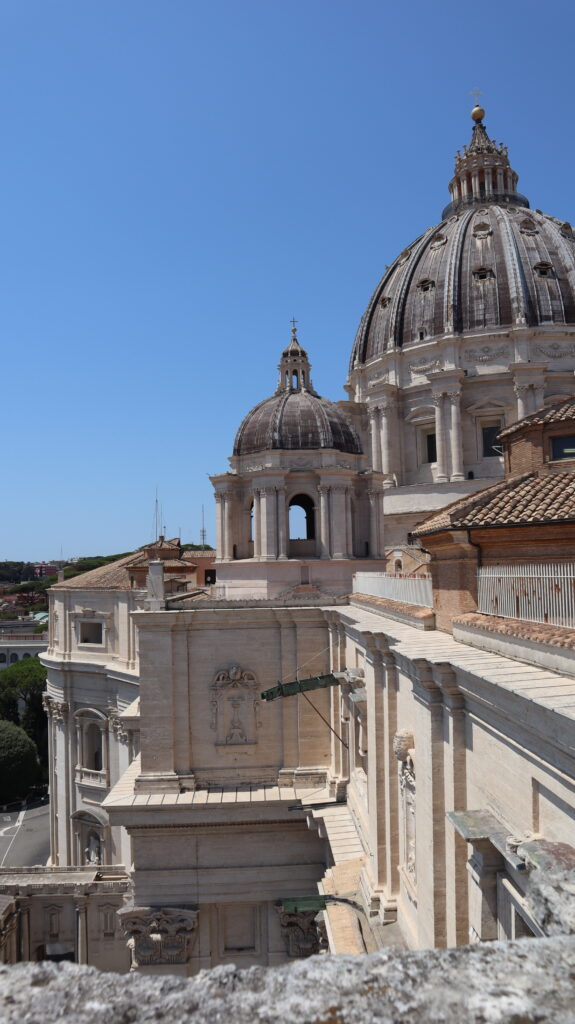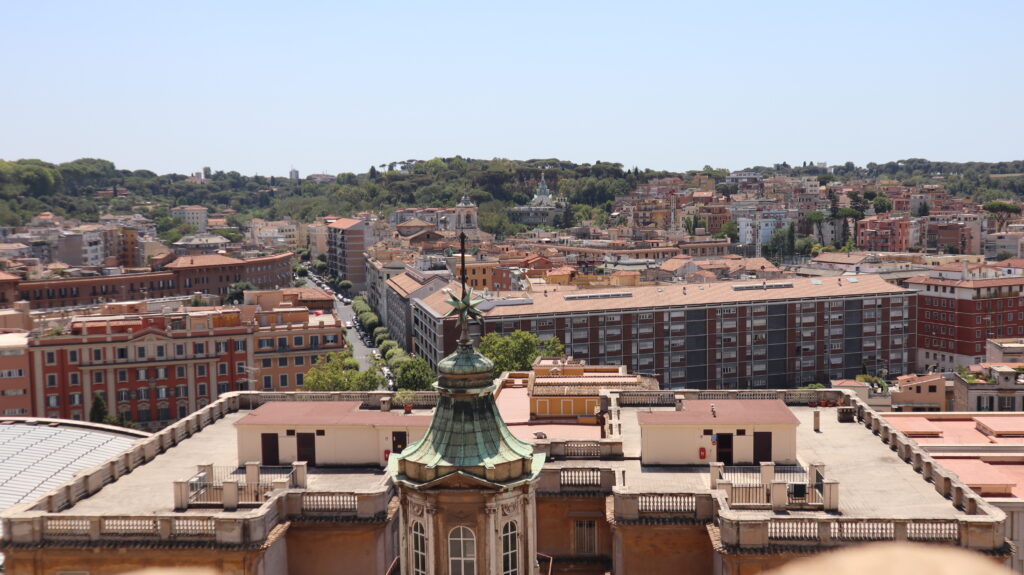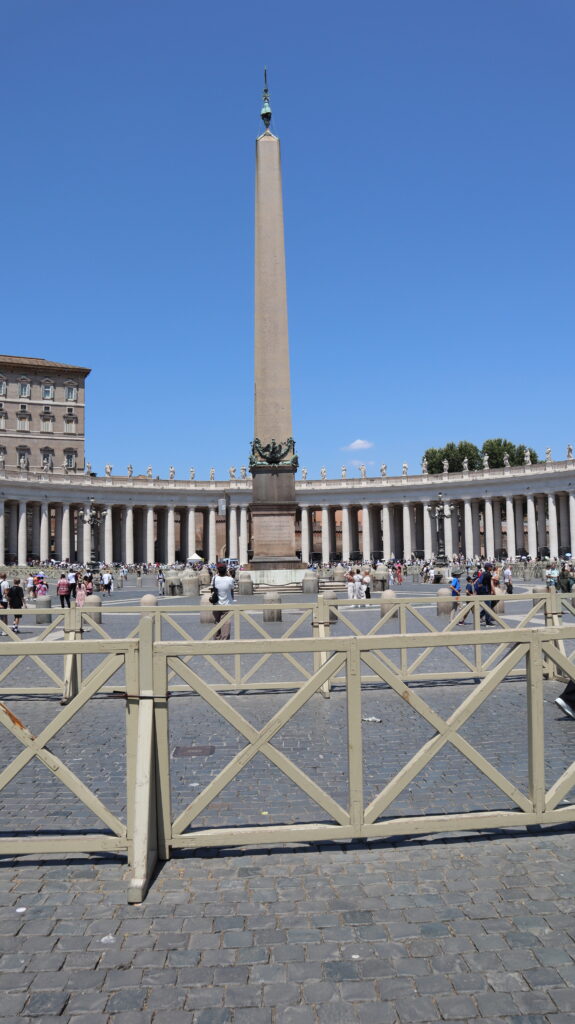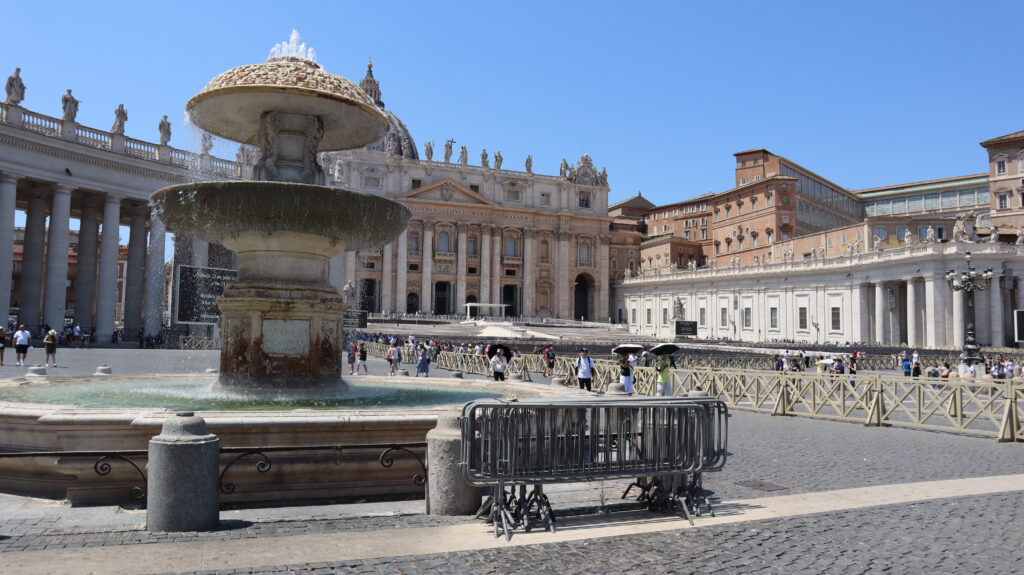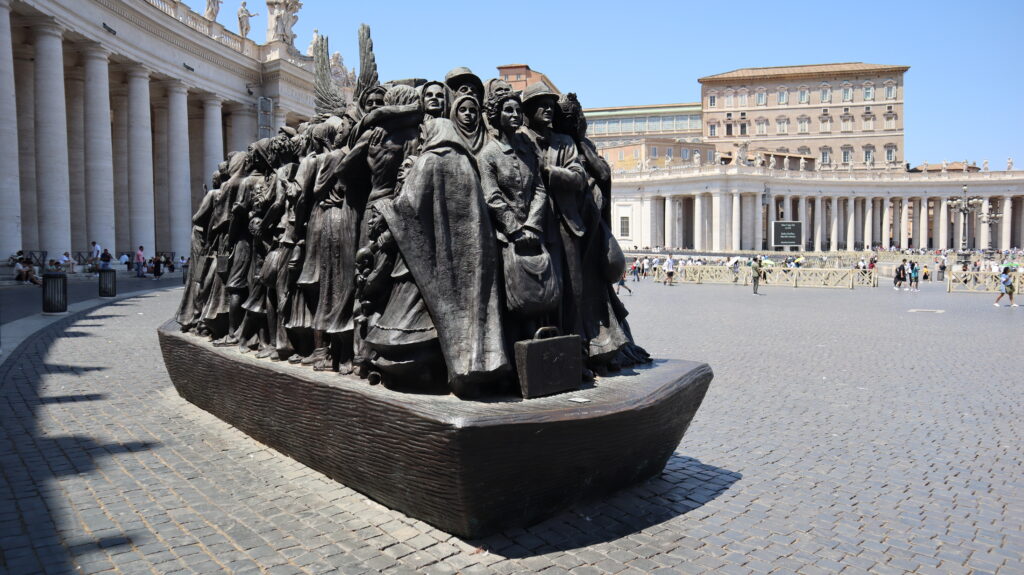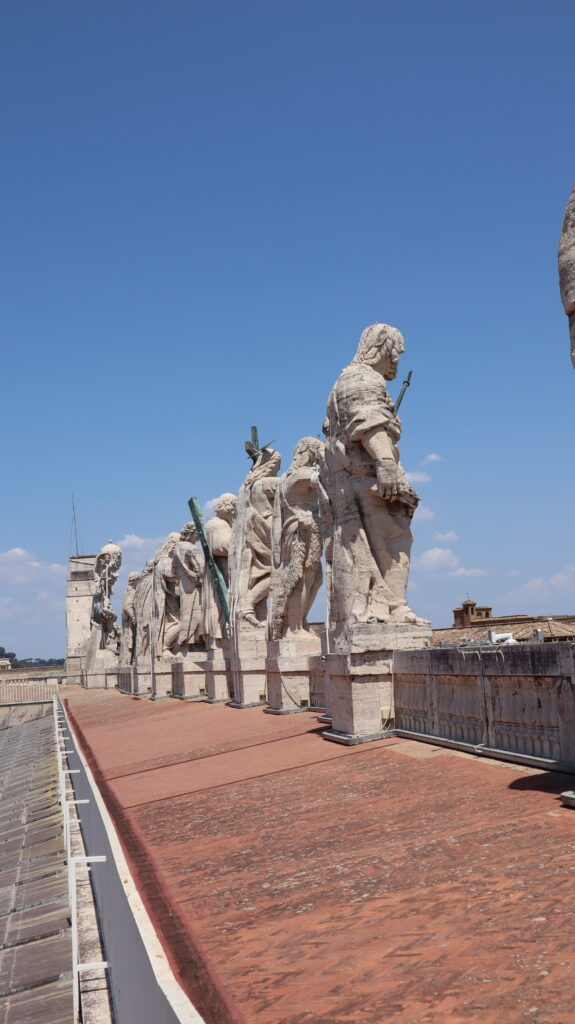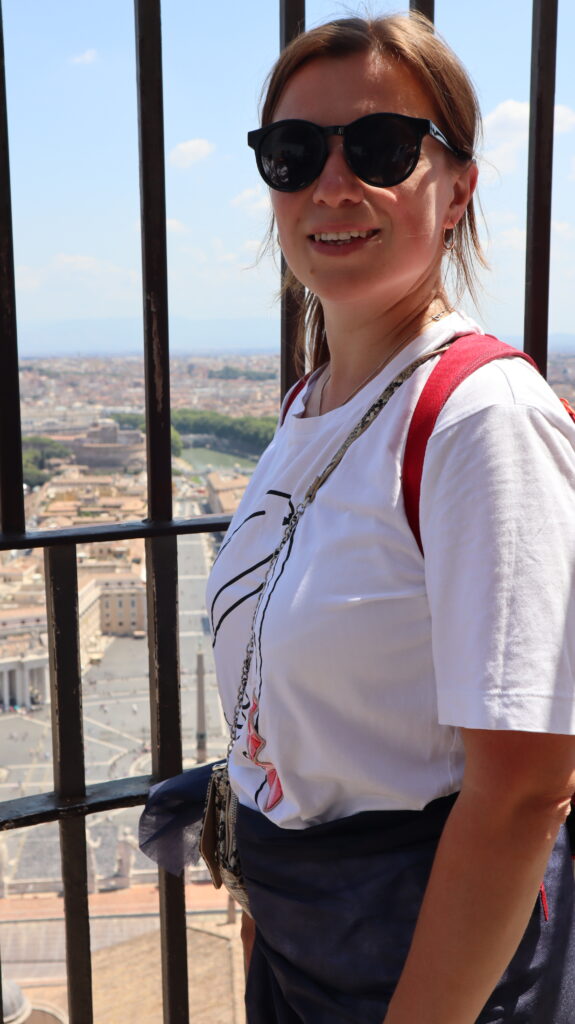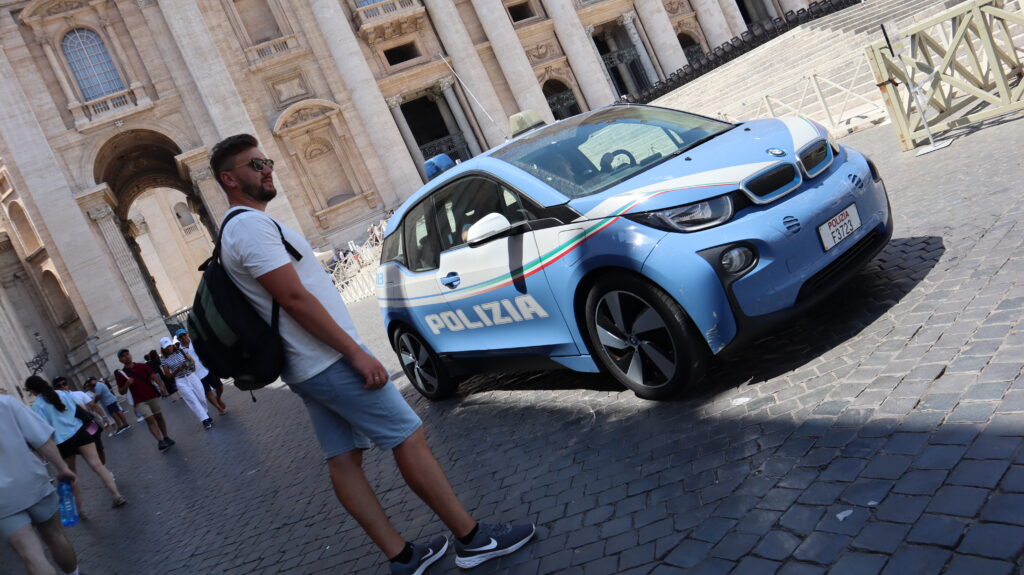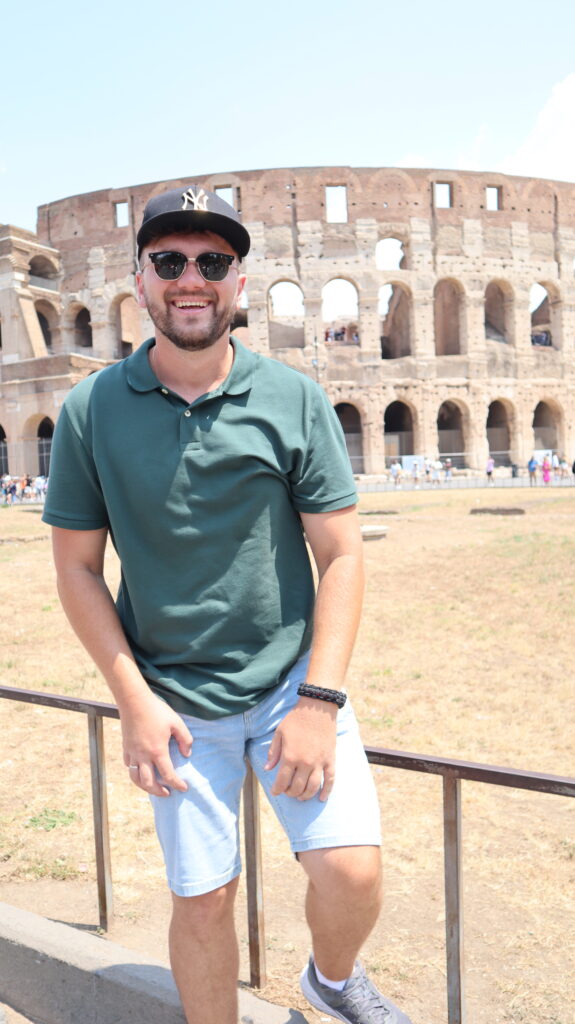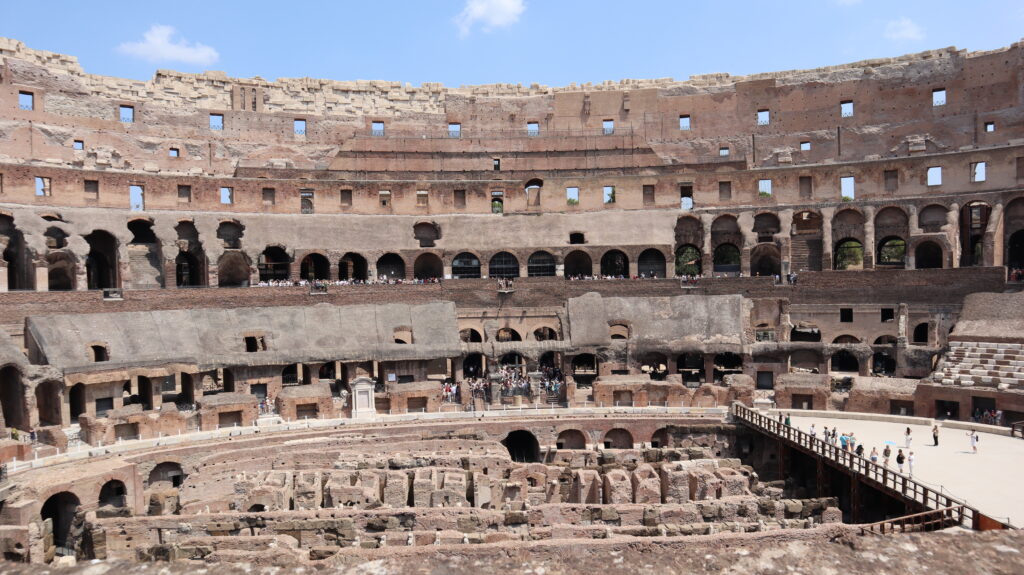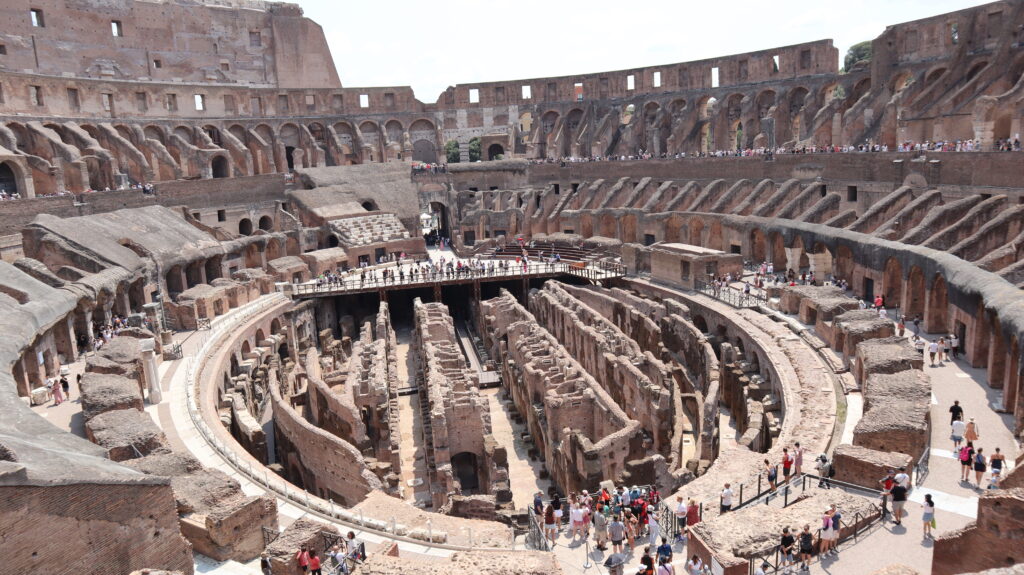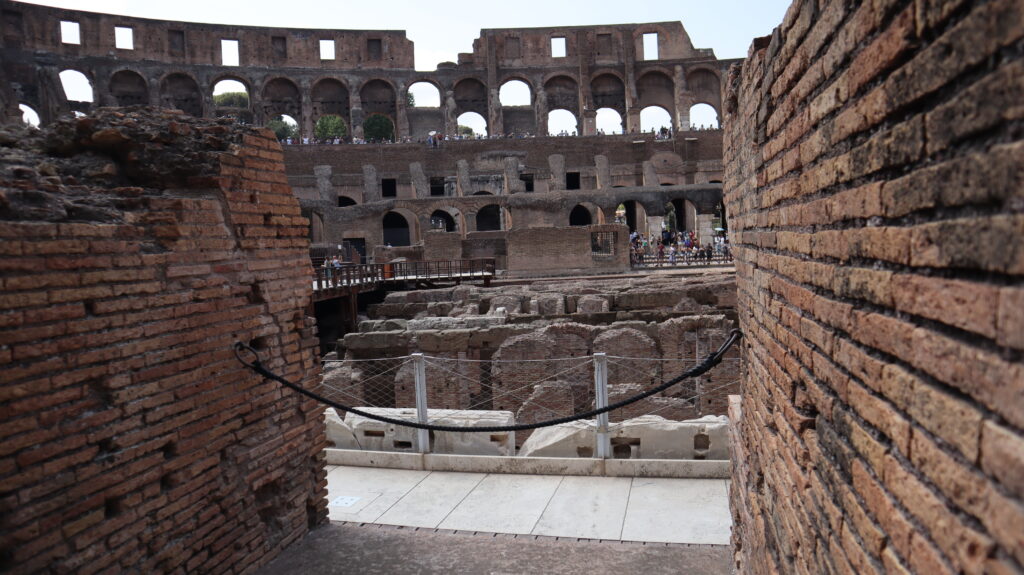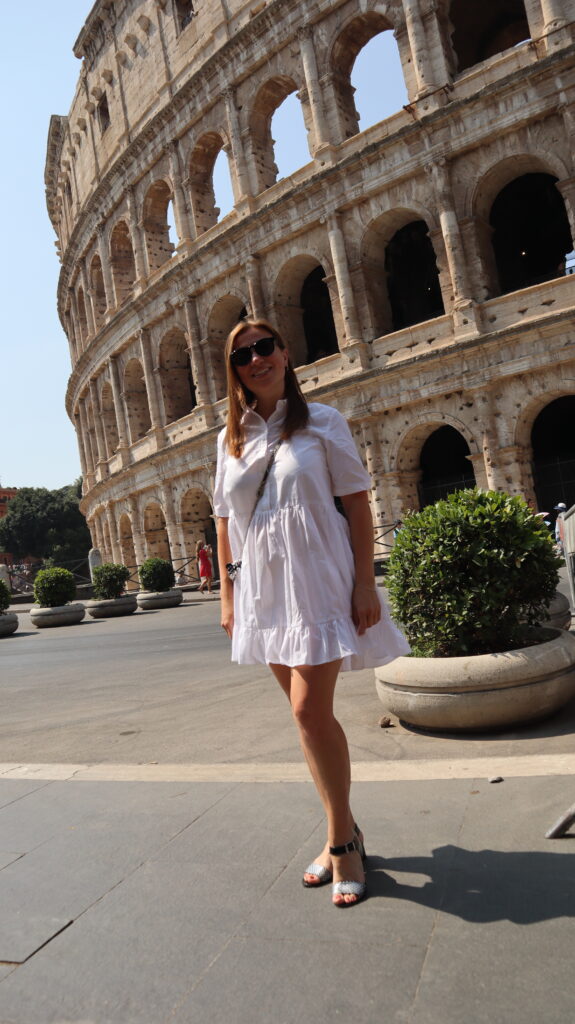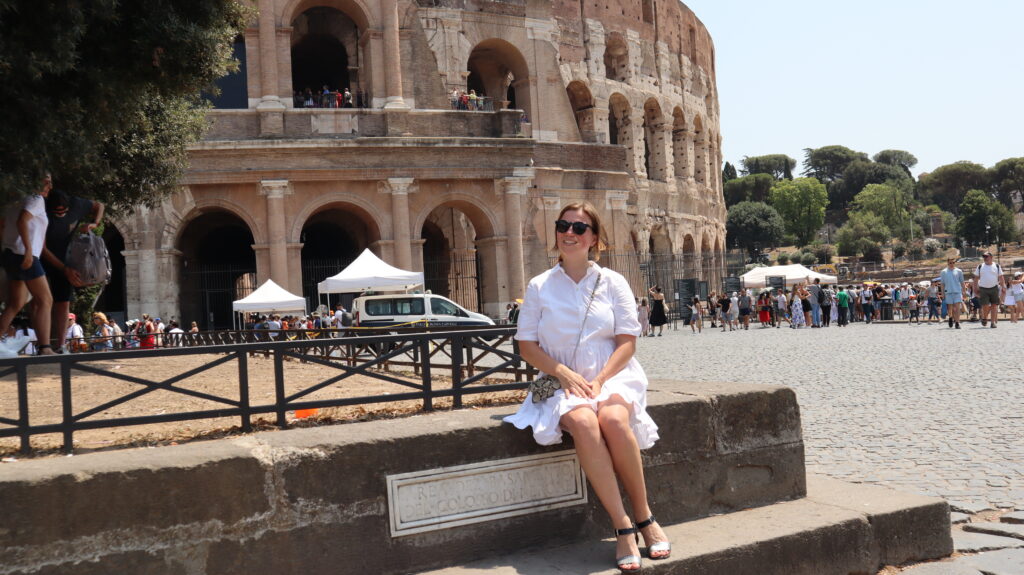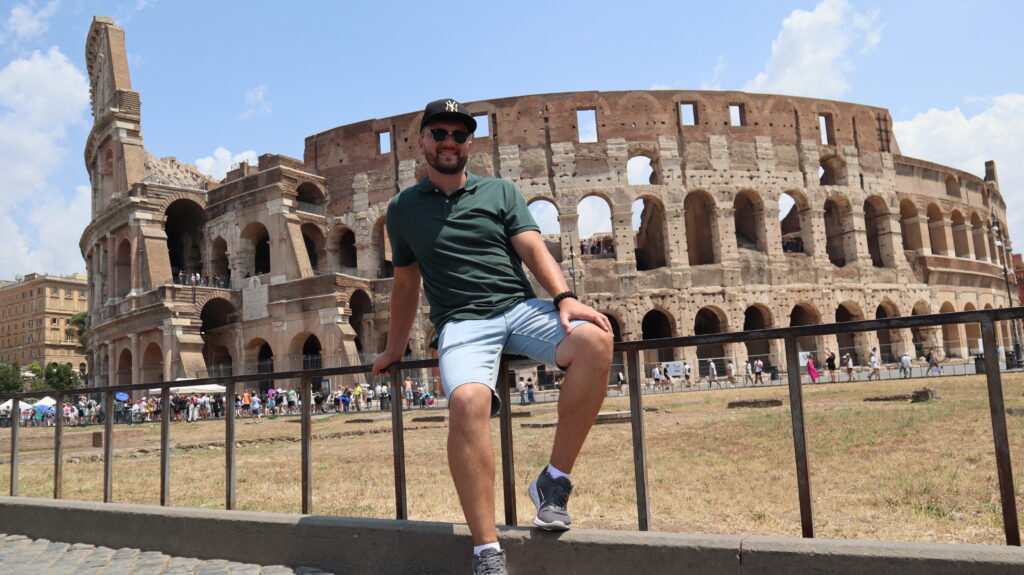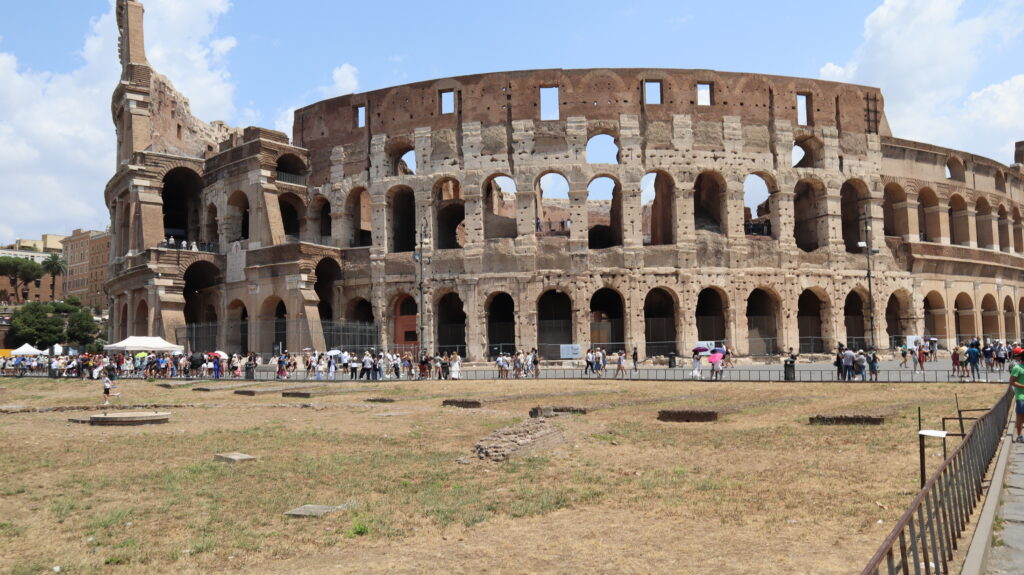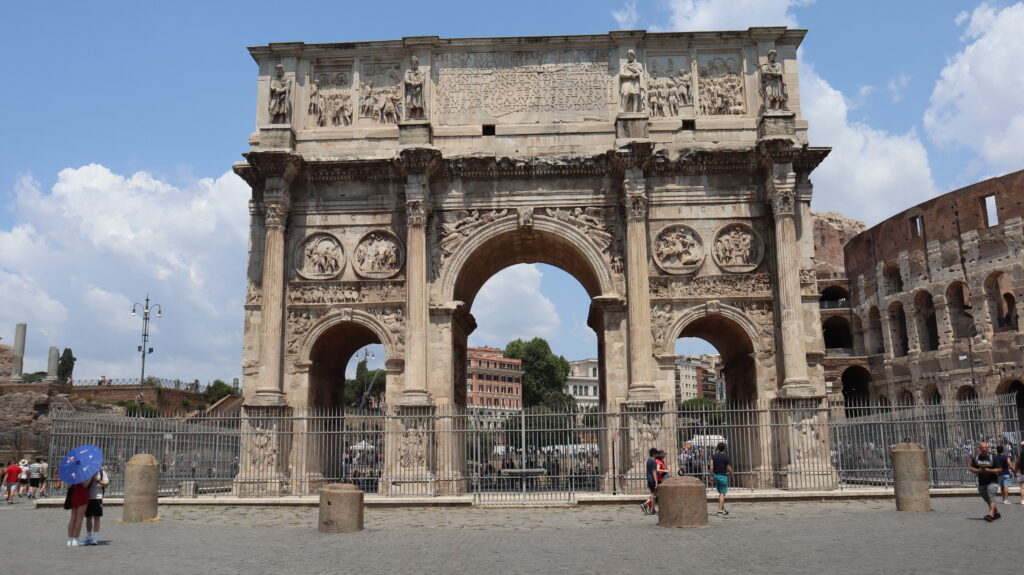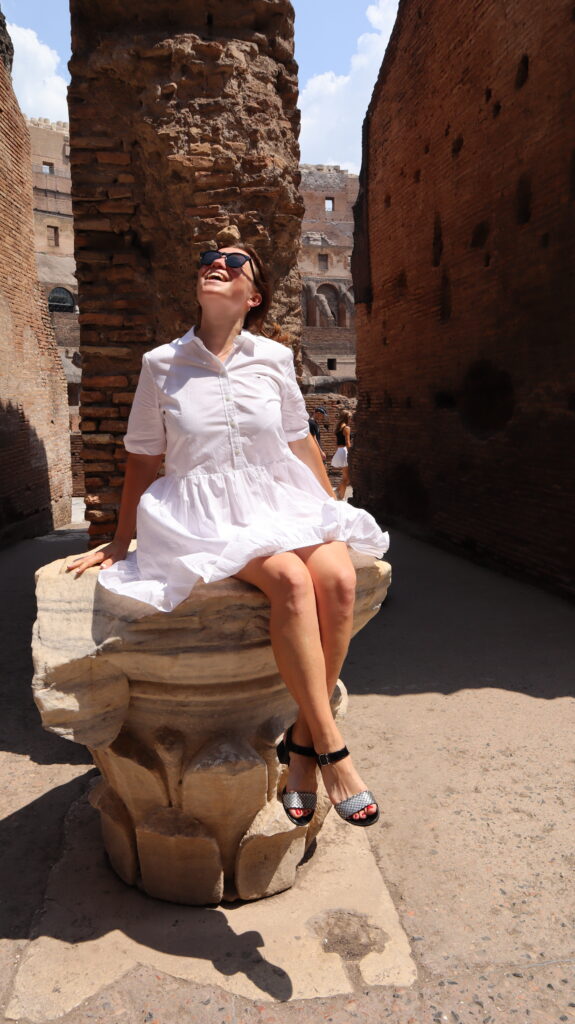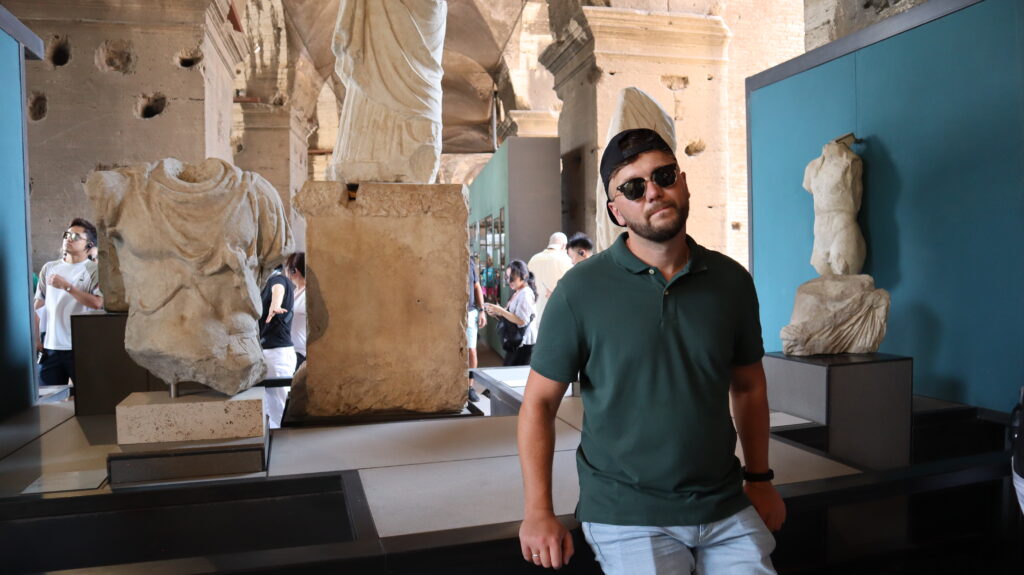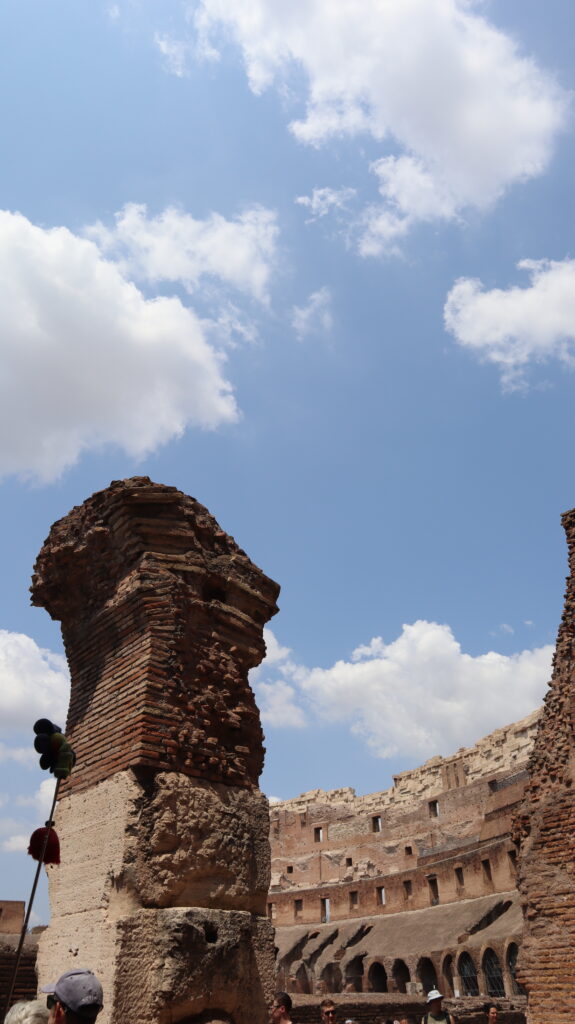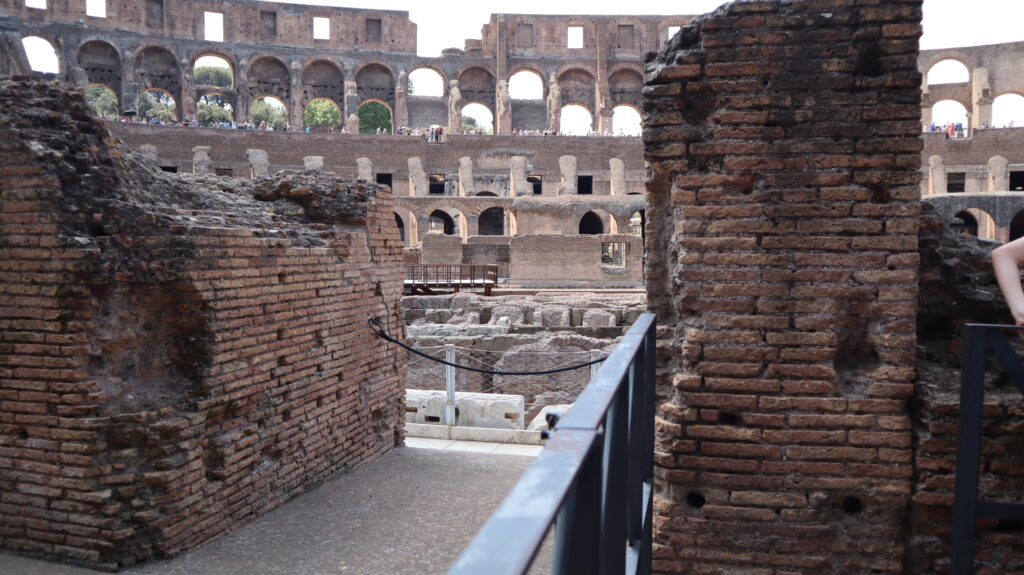Today, most people share content on Instagram, TikTok, or Telegram. It’s quick and easy.
But if you’re building a personal brand, sharing your marketing expertise, or showcasing your passion for cars, you need a blog you fully control.
The perfect solution? WordPress.
My Journey: From Telegram Posts to a Full Blog
I spent years posting on social media — marketing insights, behind-the-scenes work with clients, stories from my car projects. But over time, I noticed something: all that content vanished after a few days.
I wanted content that lives longer and brings people to me over time. That’s when I launched my WordPress blog.
Why Blog on WordPress When Social Media Exists?
1. You Own Your Content
“Don’t build your house on rented land.”
— Unknown digital strategist
On social media, you’re a tenant. Algorithms change, reach drops, accounts get blocked. On WordPress, you’re the owner. Your site, your domain, your structure. No one can take it away.
2. Unlimited Options for Content and Features
WordPress gives you full freedom:
– customize design
– install powerful plugins
– build email forms
– add a store
– run a blog, portfolio, courses — all in one place
Social platforms can’t offer that kind of flexibility.
3. You Get Free Traffic from Google
WordPress blog posts are indexed by search engines. One good article can bring readers for years. On social media, posts “die” within 24 hours.
Fact: Over 43% of all websites on the internet run on WordPress
Fact: SEO blogs generate 3.5x more leads than social media
4. Monetization Becomes Real
With a WordPress site, you can monetize easily:
– ads (Google AdSense)
– service sales (consulting, car reviews, marketing)
– affiliate links
– email funnels
– paid guides and premium content
On social platforms, you’re stuck with reach and trends.
5. Evergreen Content That Works for Years
Instagram and TikTok thrive on instant engagement. Your post is forgotten the next day. But on your blog, your content becomes evergreen. It’s searchable, shareable, and useful long after it’s published.
“Build assets, not just followers.”
— Seth Godin
How to Start a WordPress Blog: 5 Simple Steps
-
Register a domain
-
Choose hosting (Hostinger)
-
Install WordPress (usually in 1 click)
-
Choose a theme (for design)
-
Publish your first post
💡 You’ll have a live blog in 30 minutes. In 30 days, you could get your first search traffic.
Who Should Consider Blogging on WordPress:
– marketers, freelancers, creators
– car enthusiasts who write reviews or share projects
– anyone tired of relying on Instagram or TikTok
– people who want a stable, independent platform that works 24/7
Final Thought: Your Blog is the Foundation. Social Media is Just the Funnel.
“Content is king, but distribution is queen — and she wears the pants.”
— Jonathan Perelman, BuzzFeed
WordPress gives you stability, SEO, freedom, and monetization. Social platforms are perfect for amplifying your message. Together, they’re powerful.
What About You?
Do you already blog? Or still post only on social media? Drop a comment or message — I’d love to hear your story. Want a free checklist to launch your blog from scratch? Just let me know 🙌


